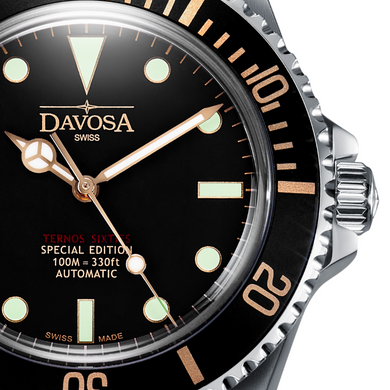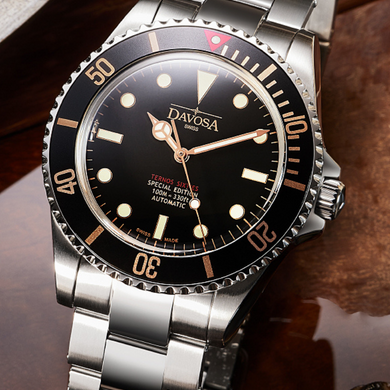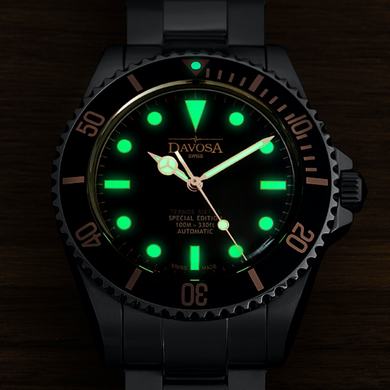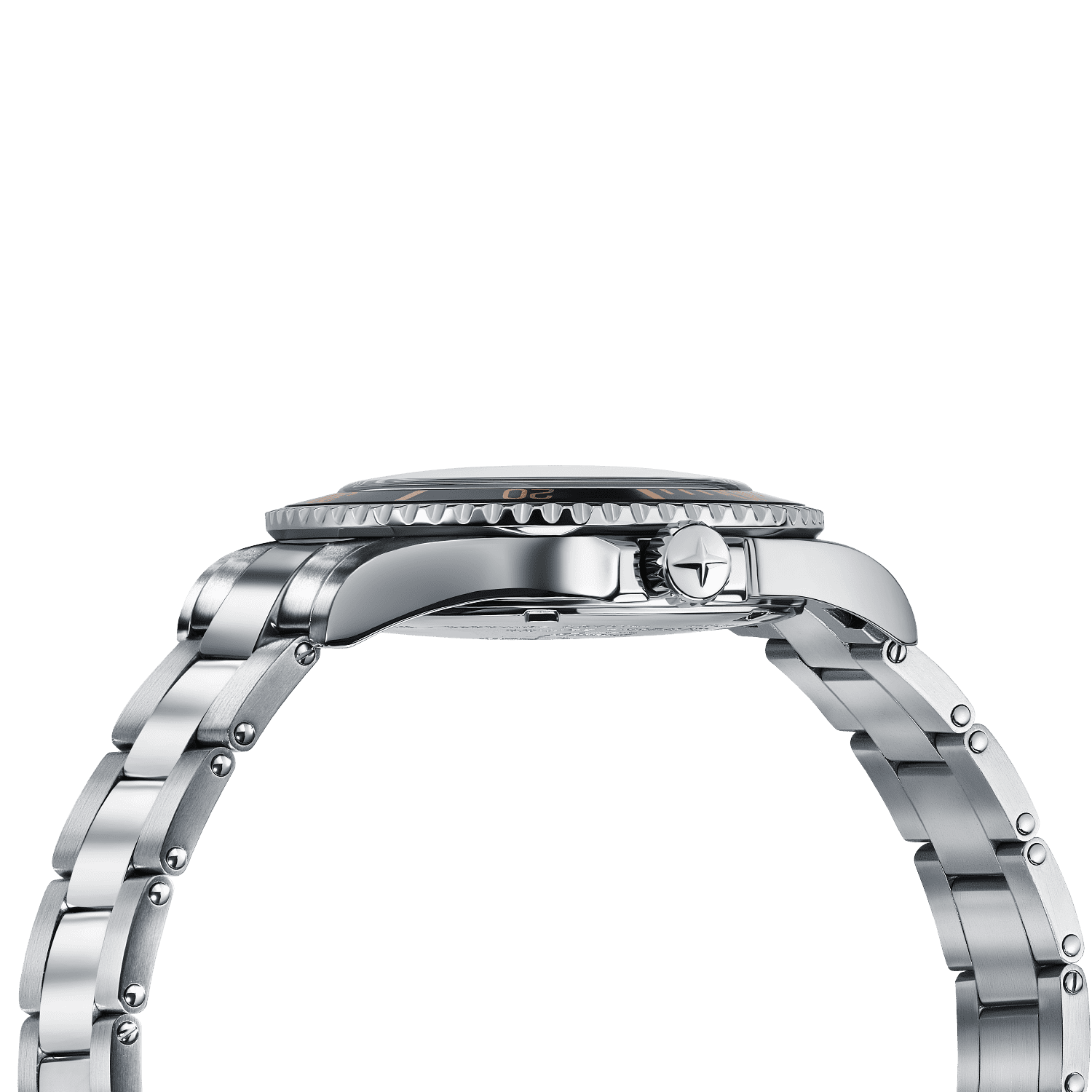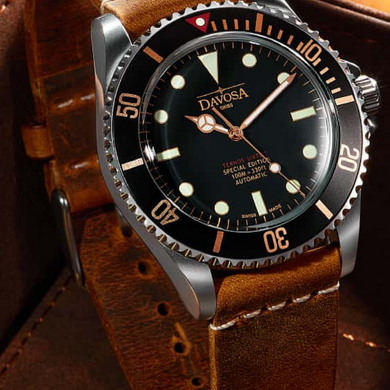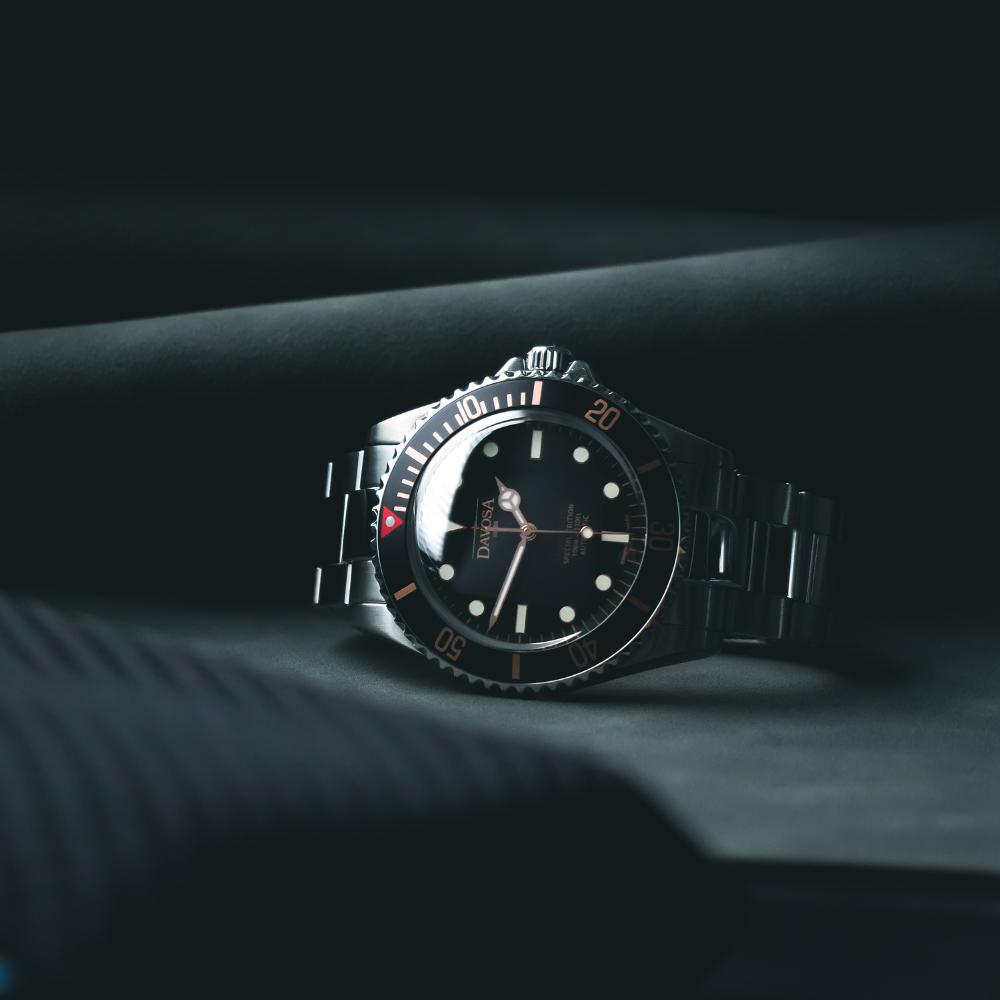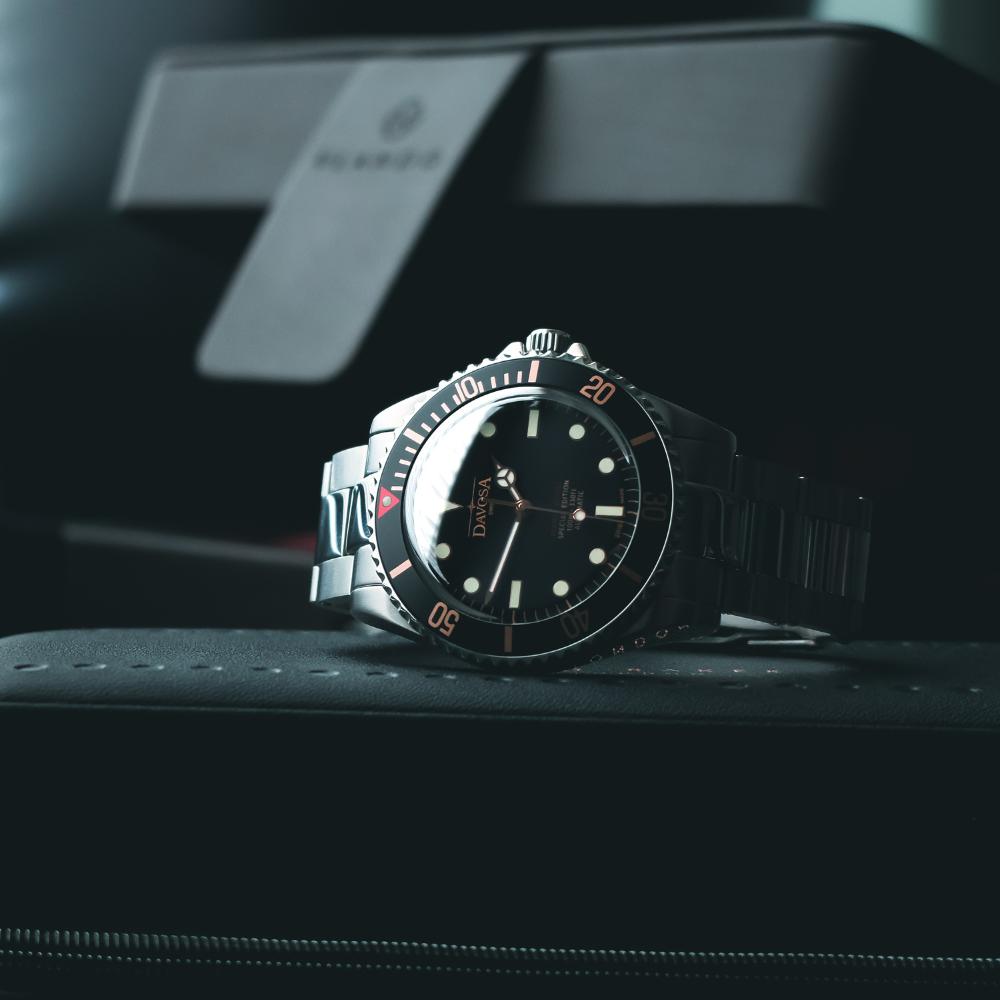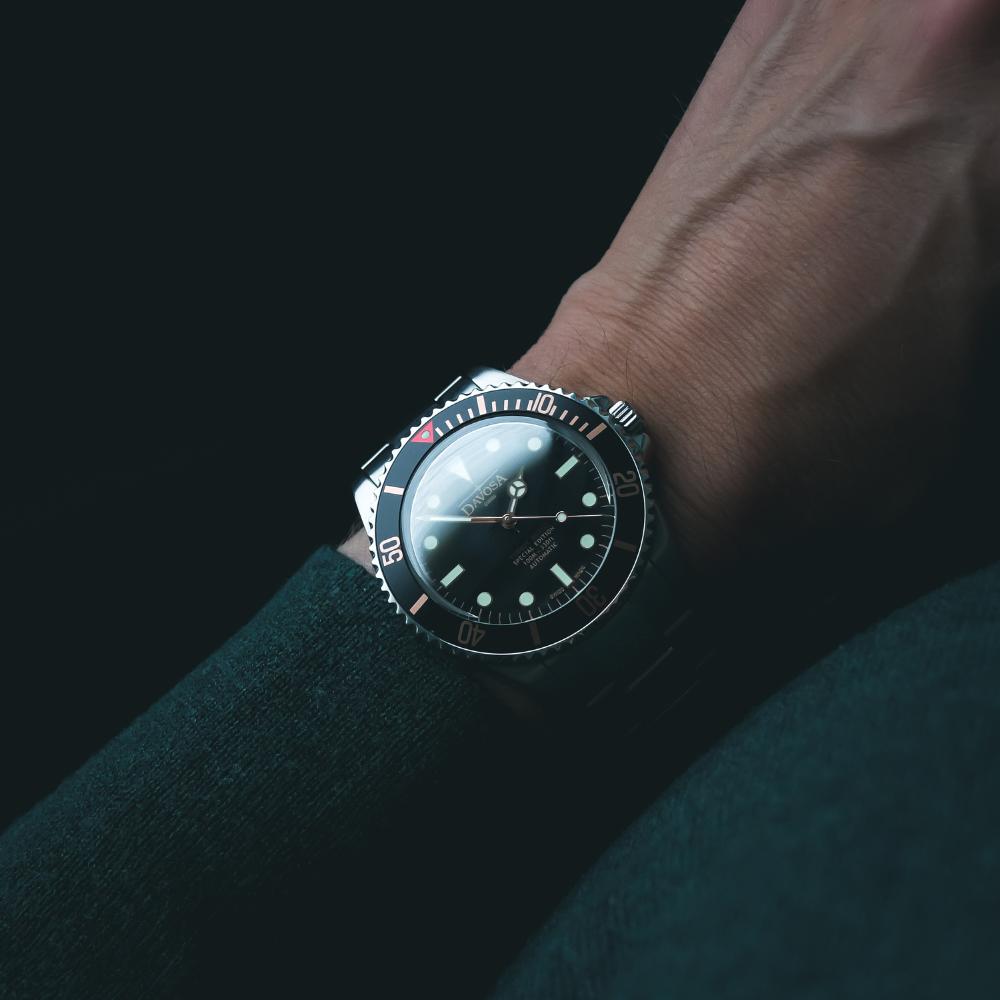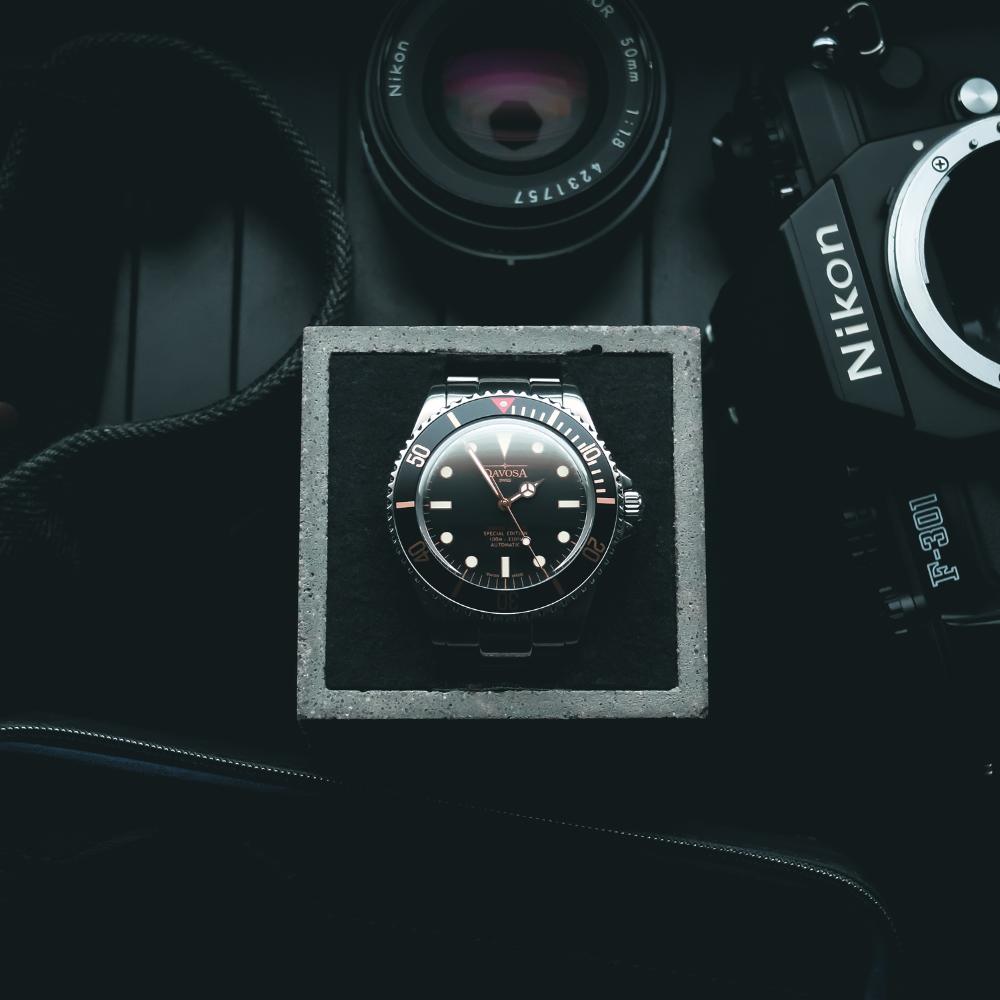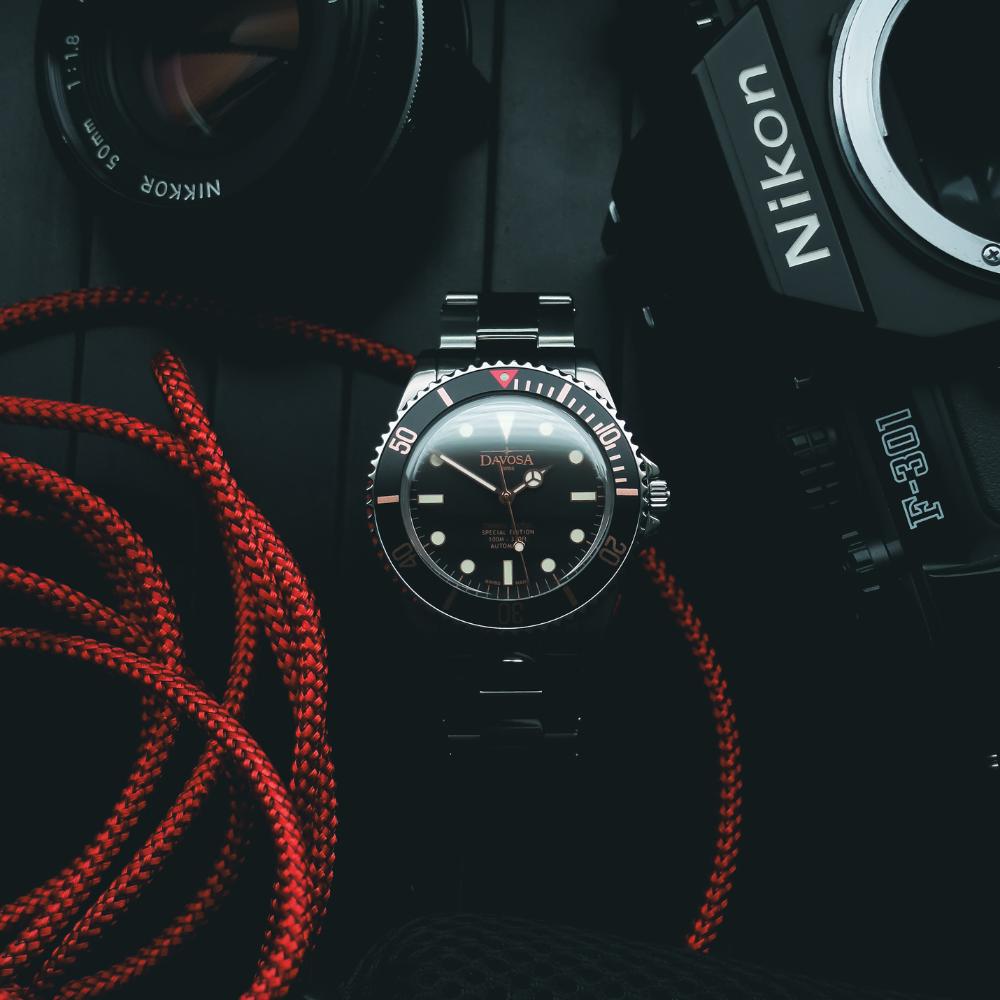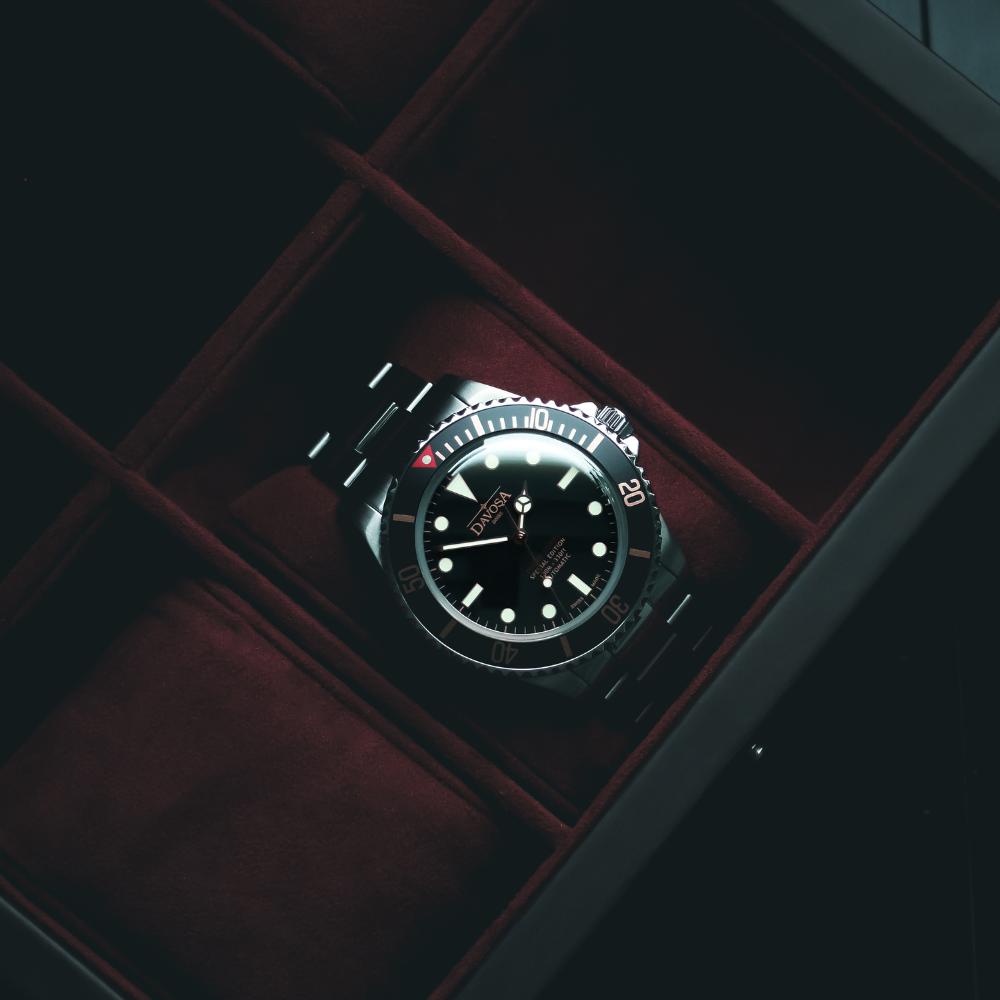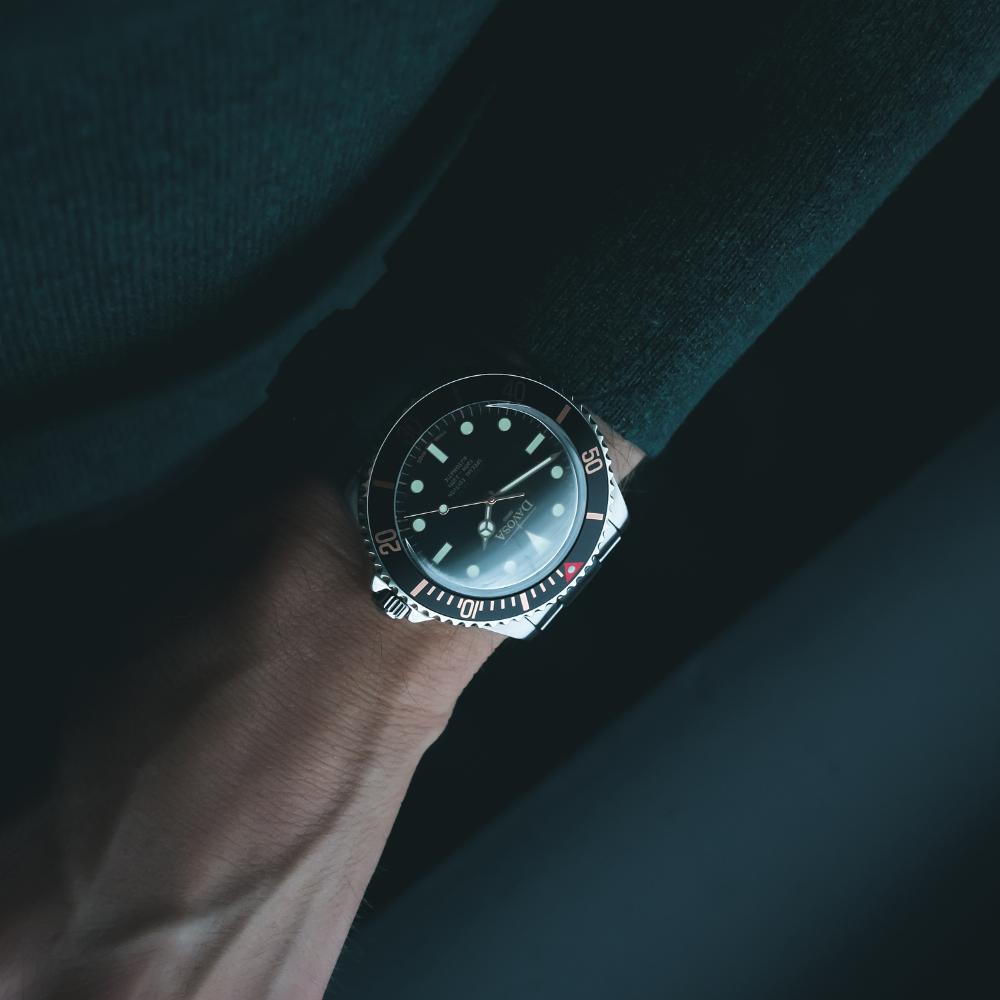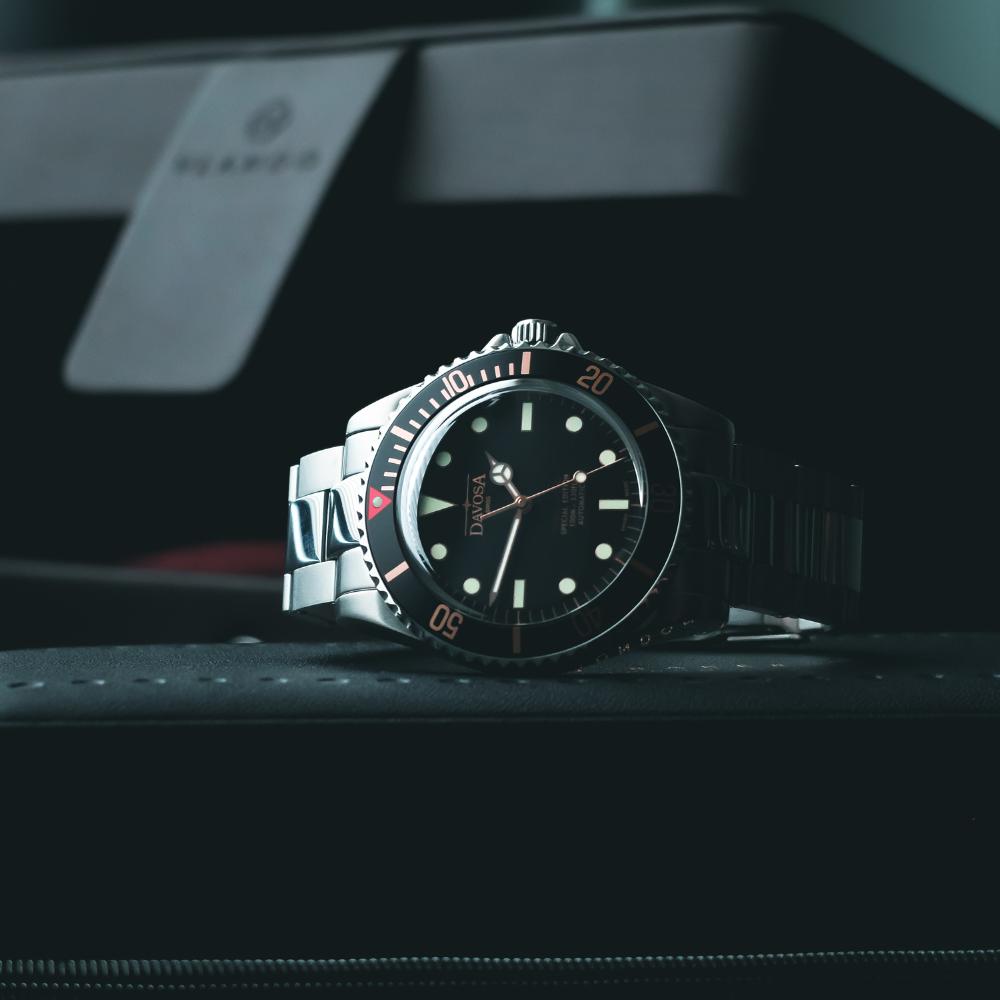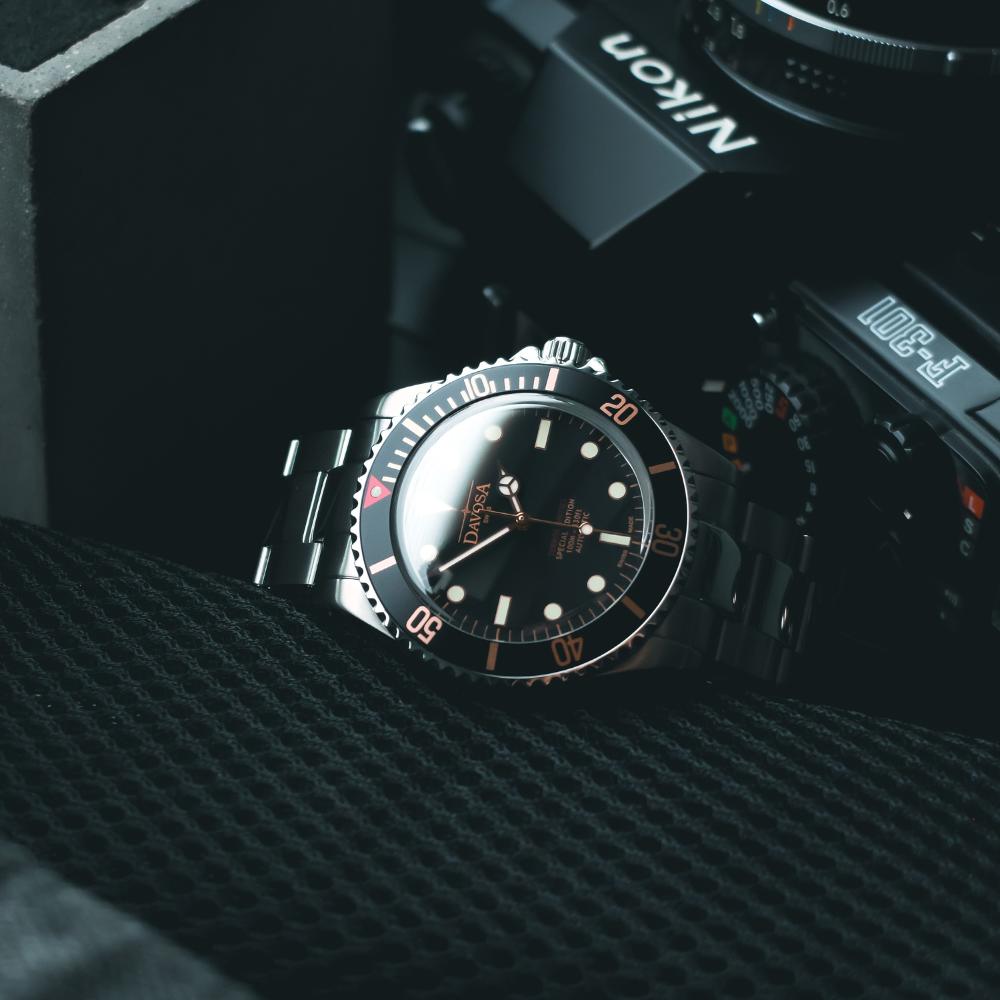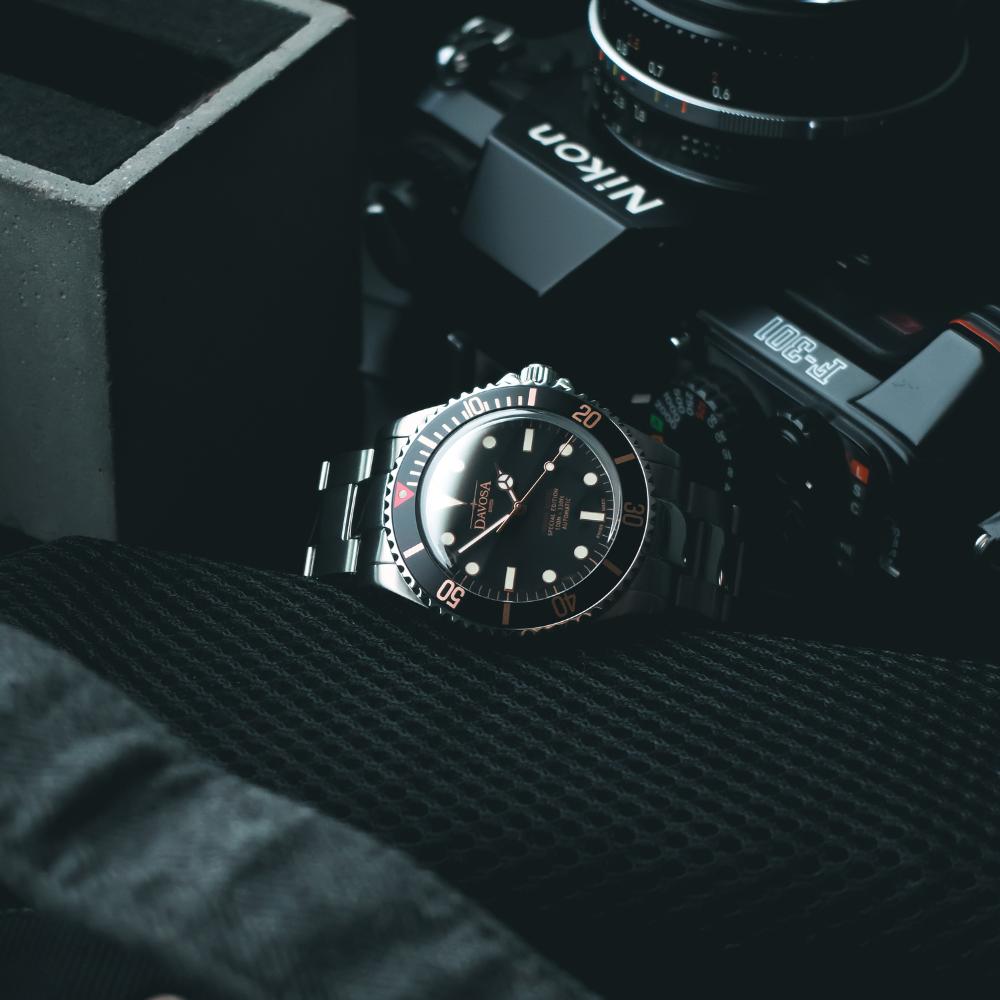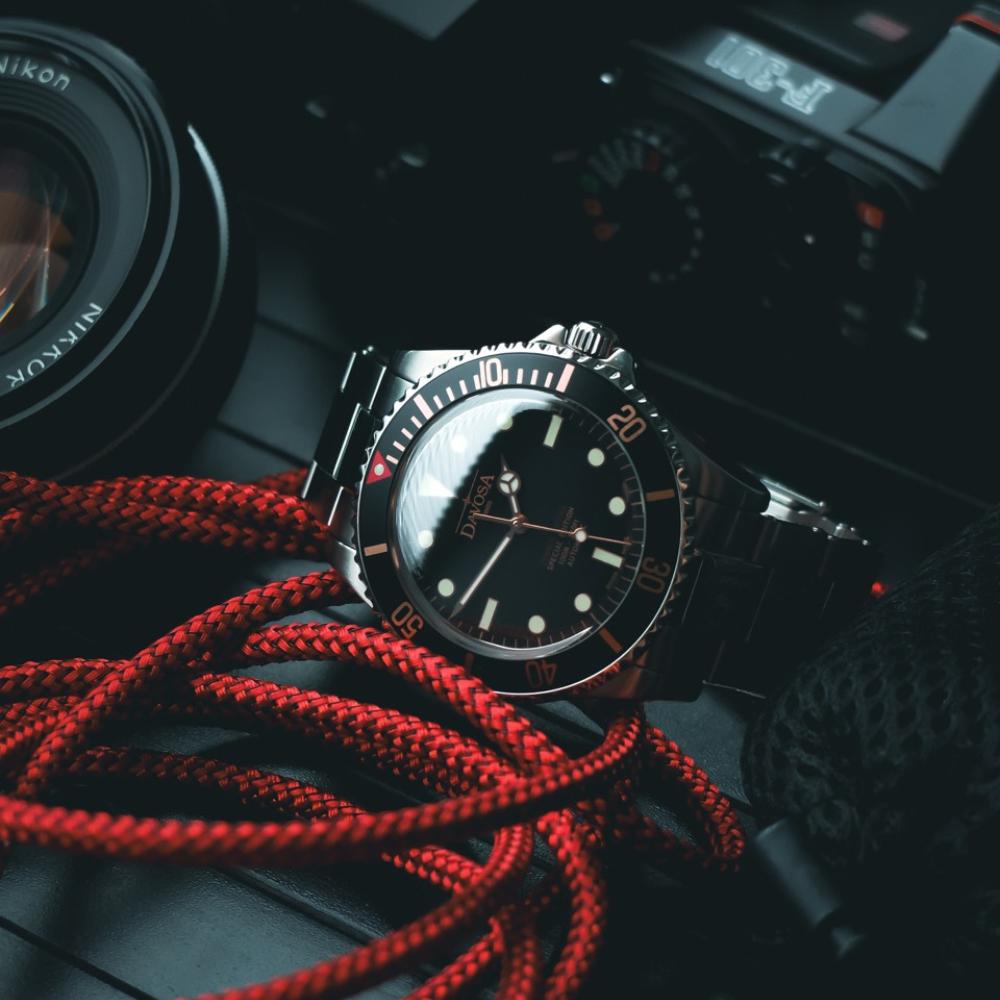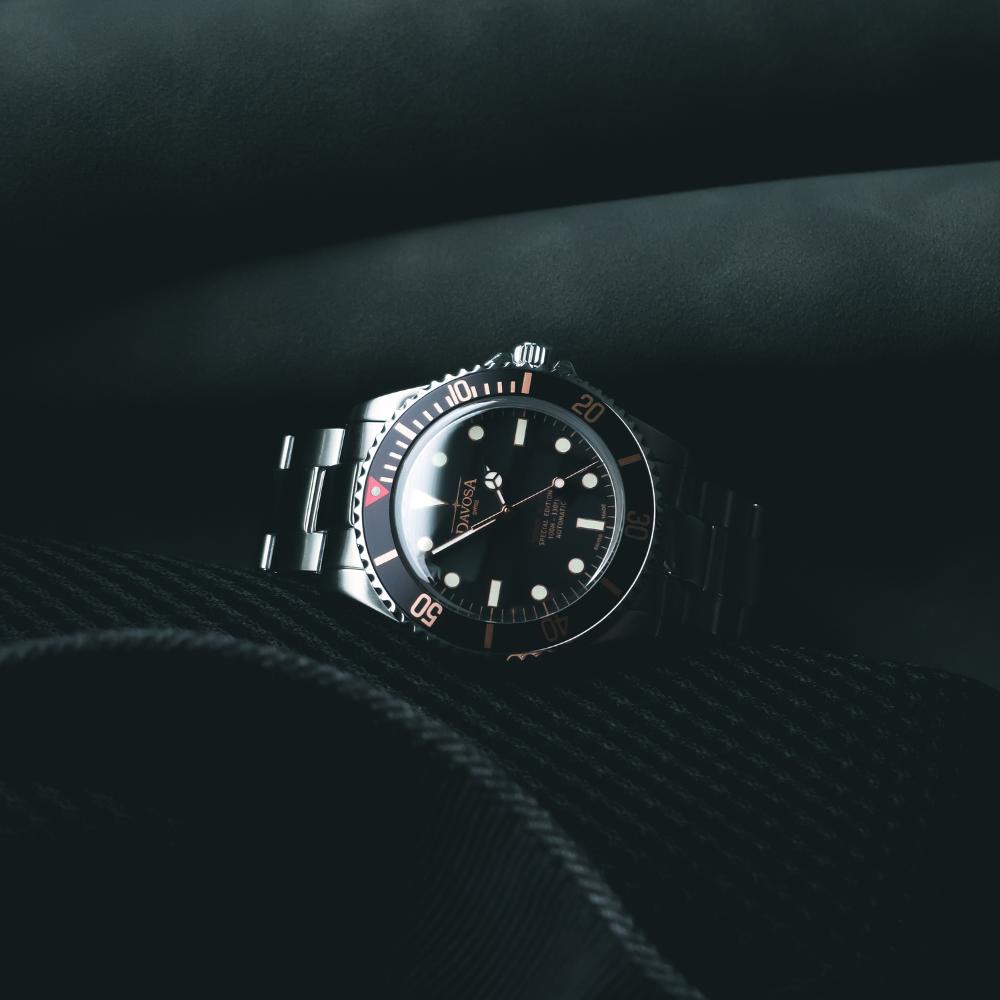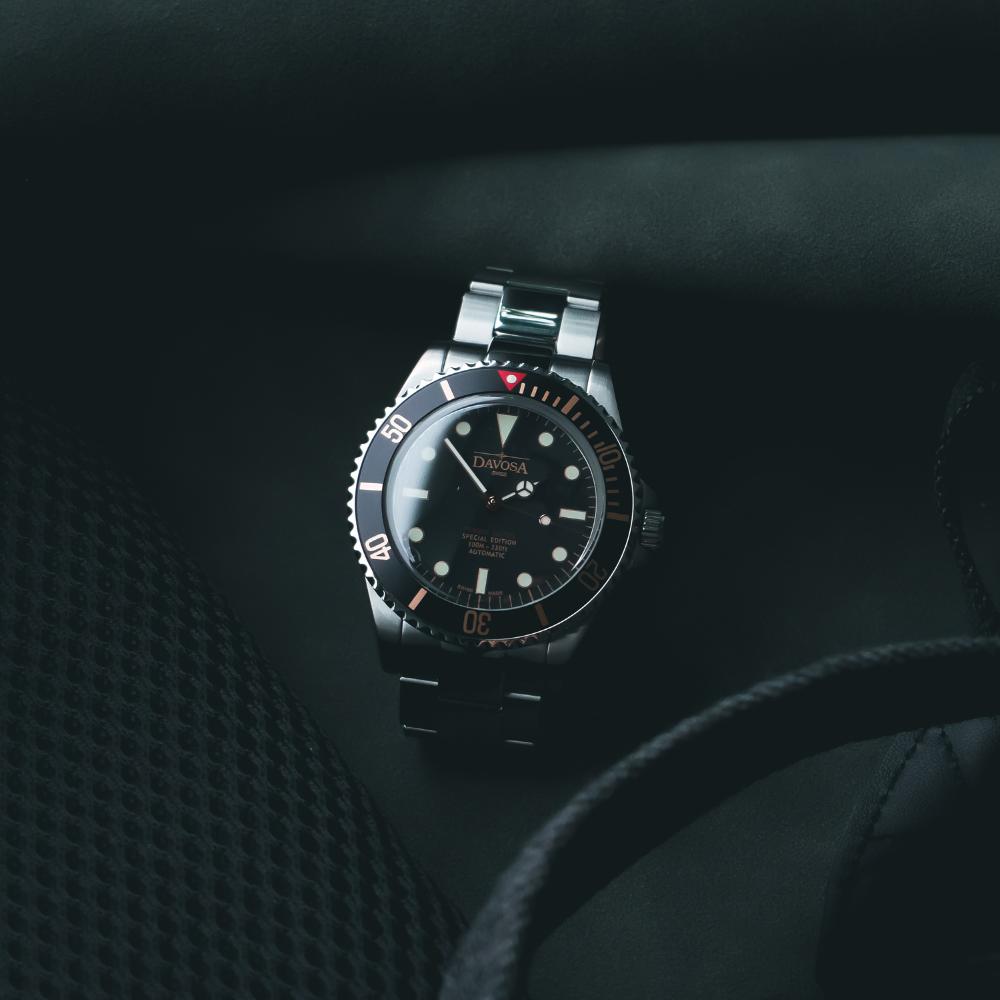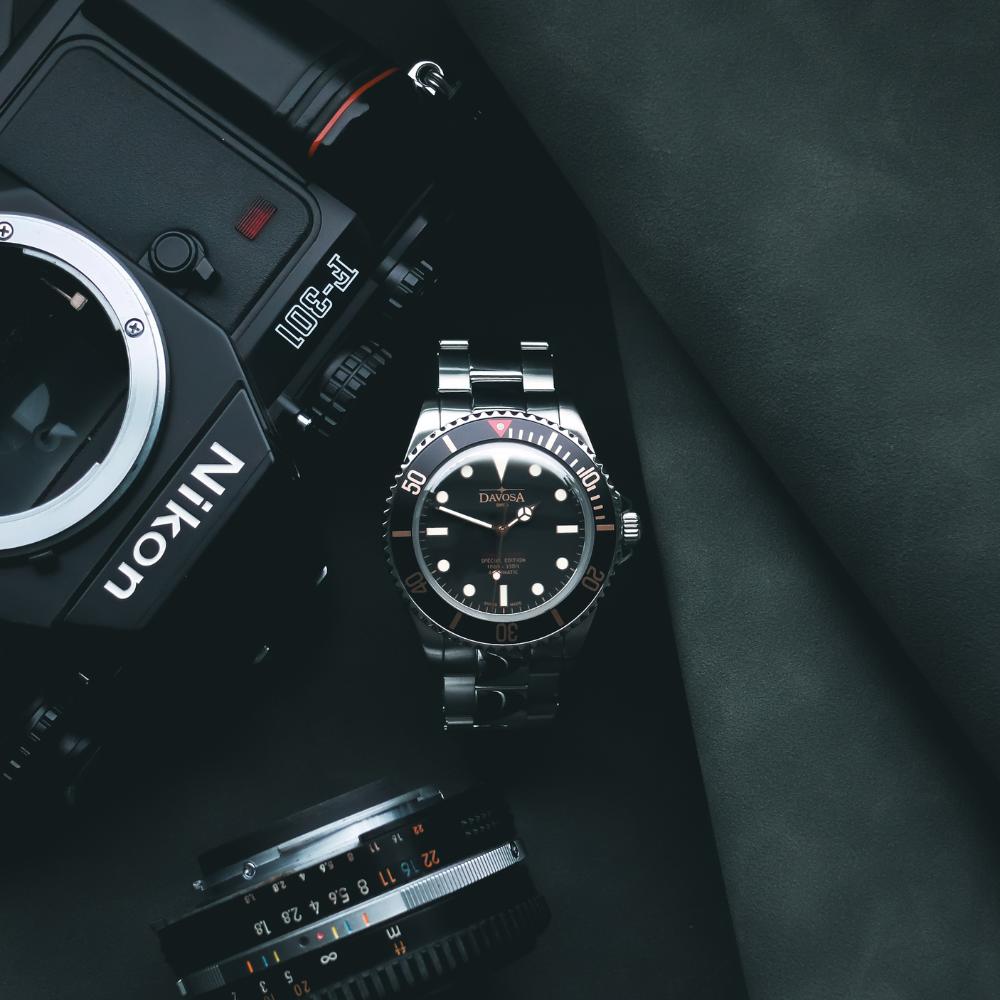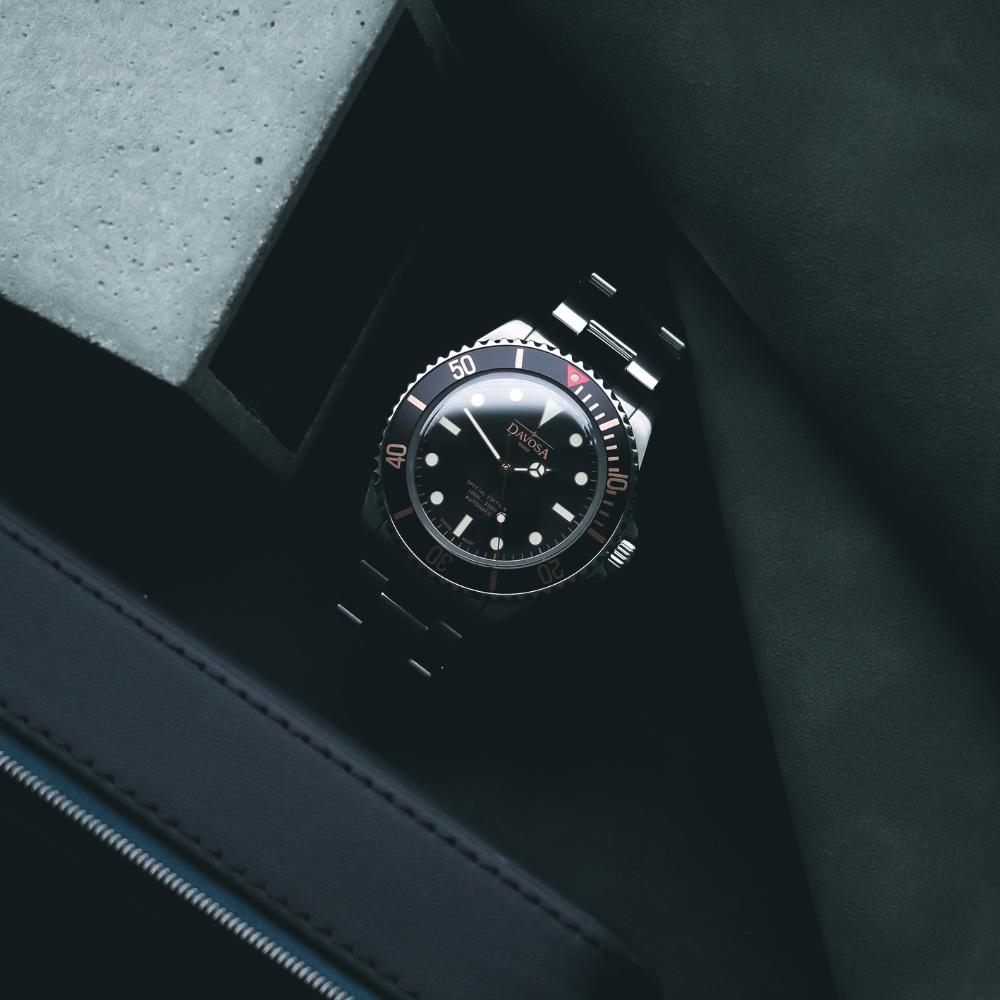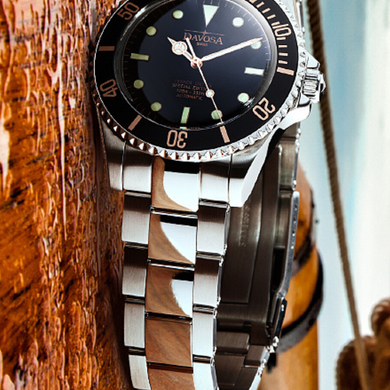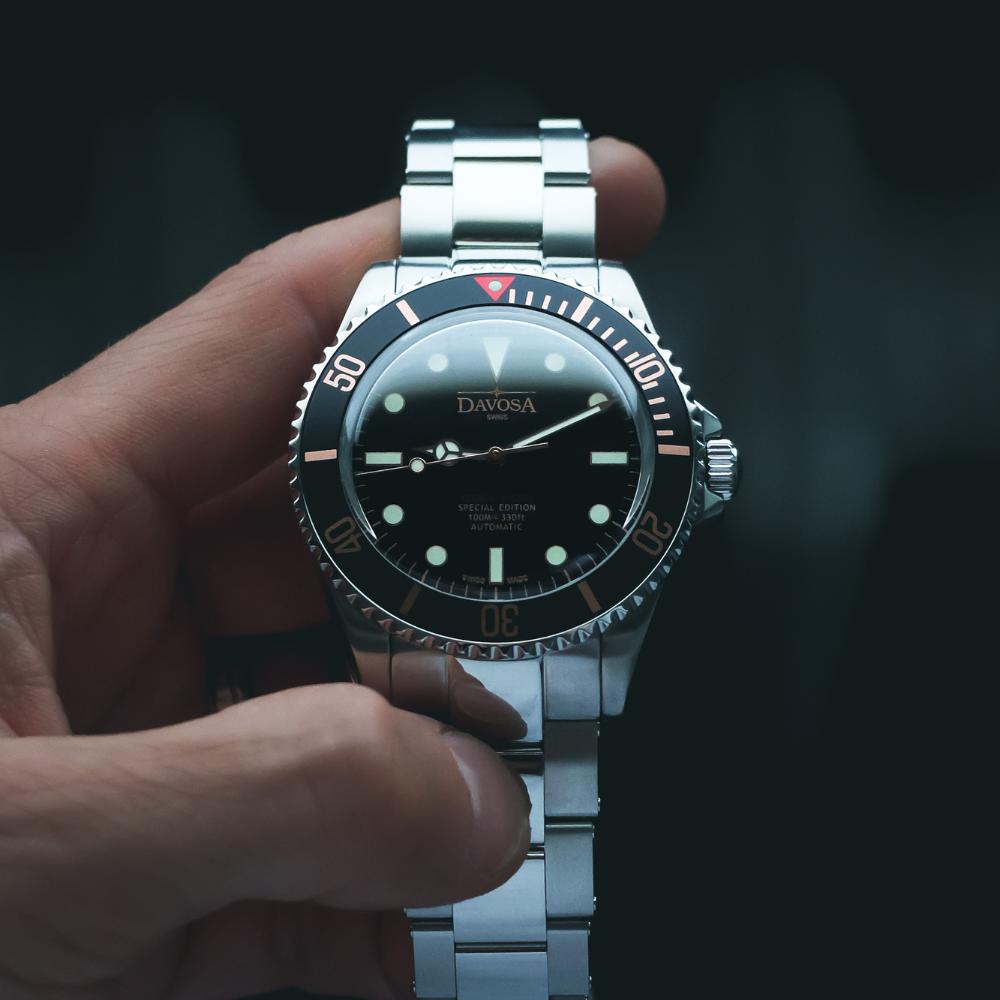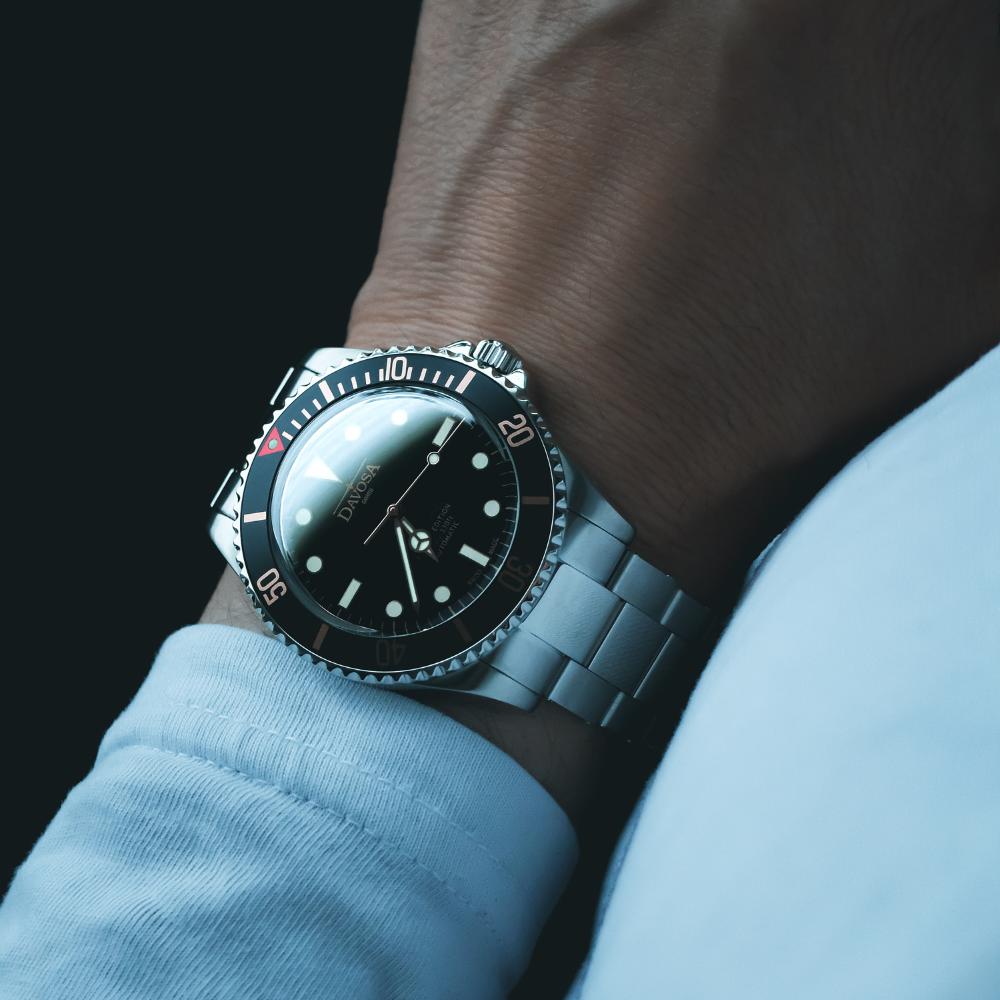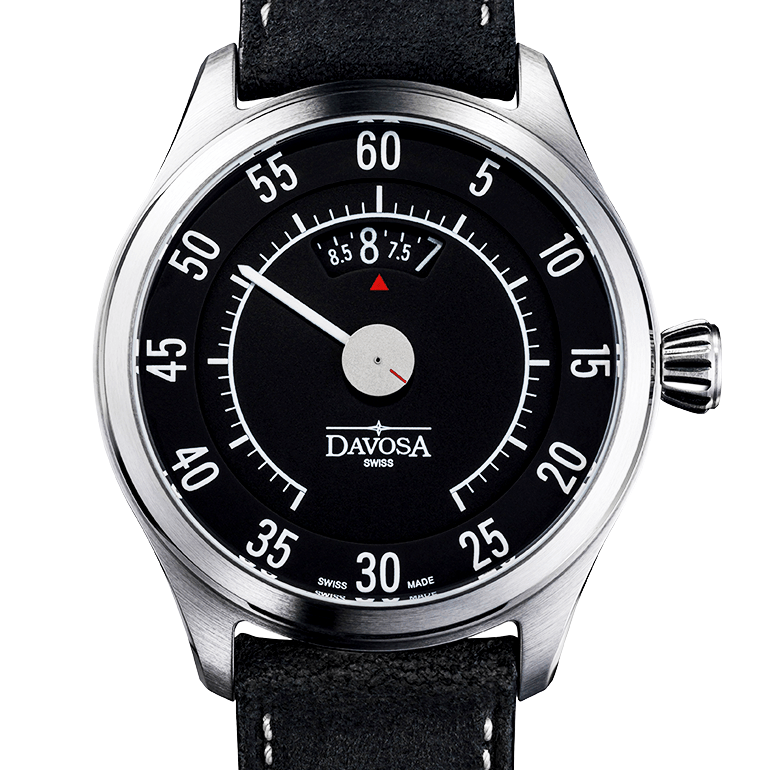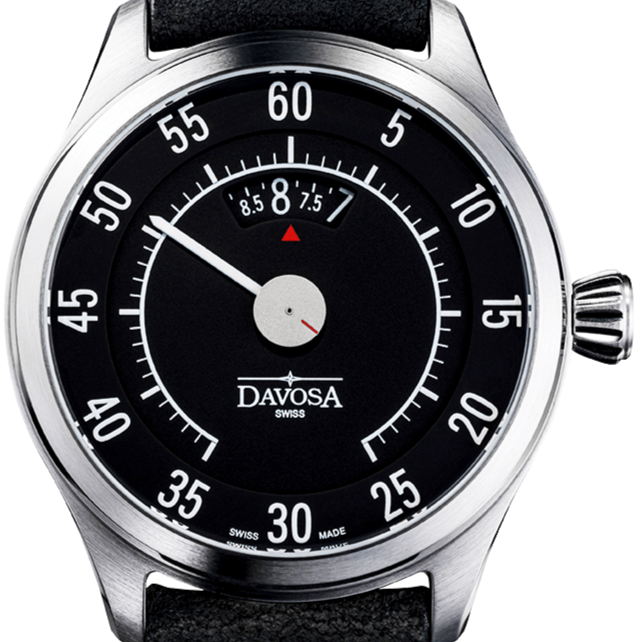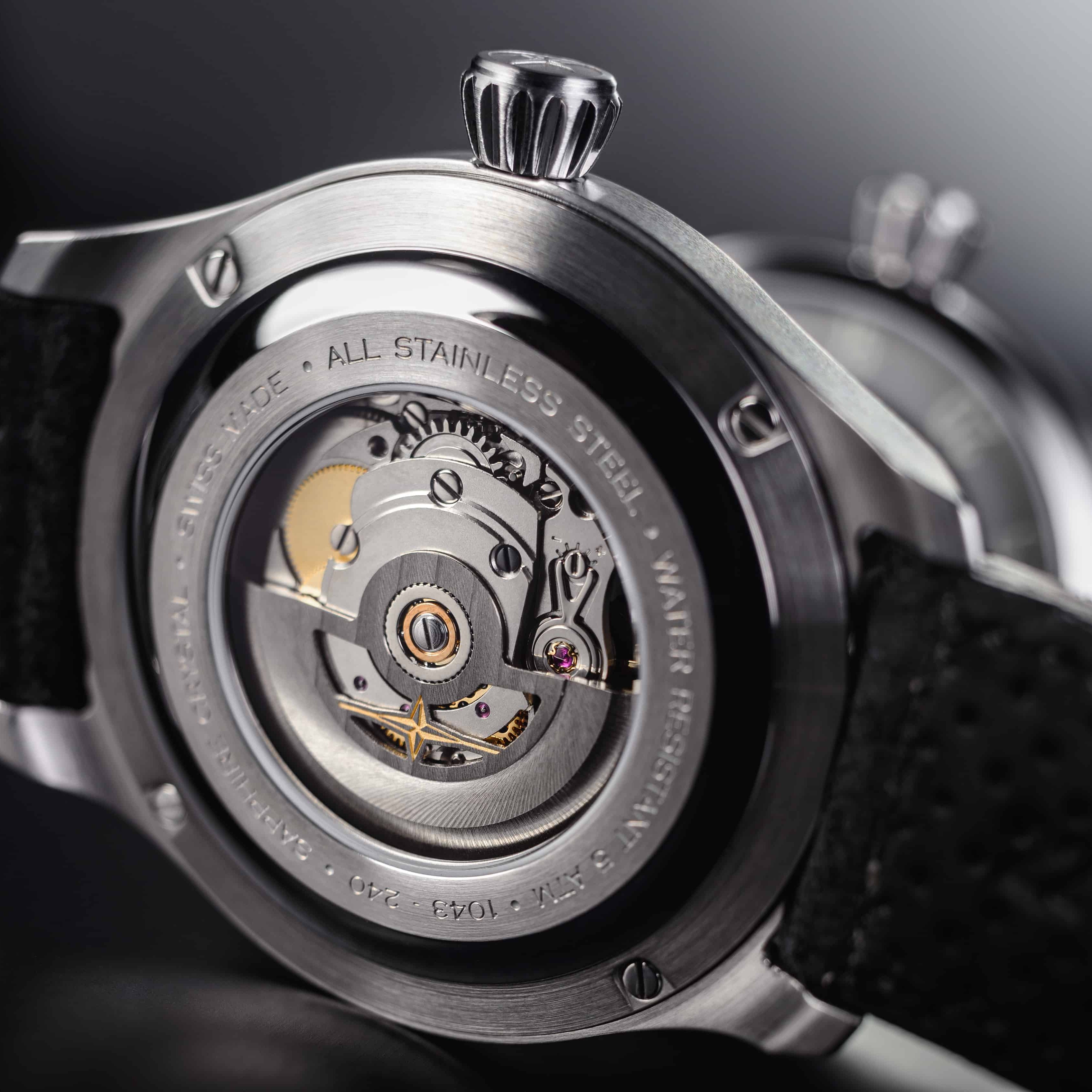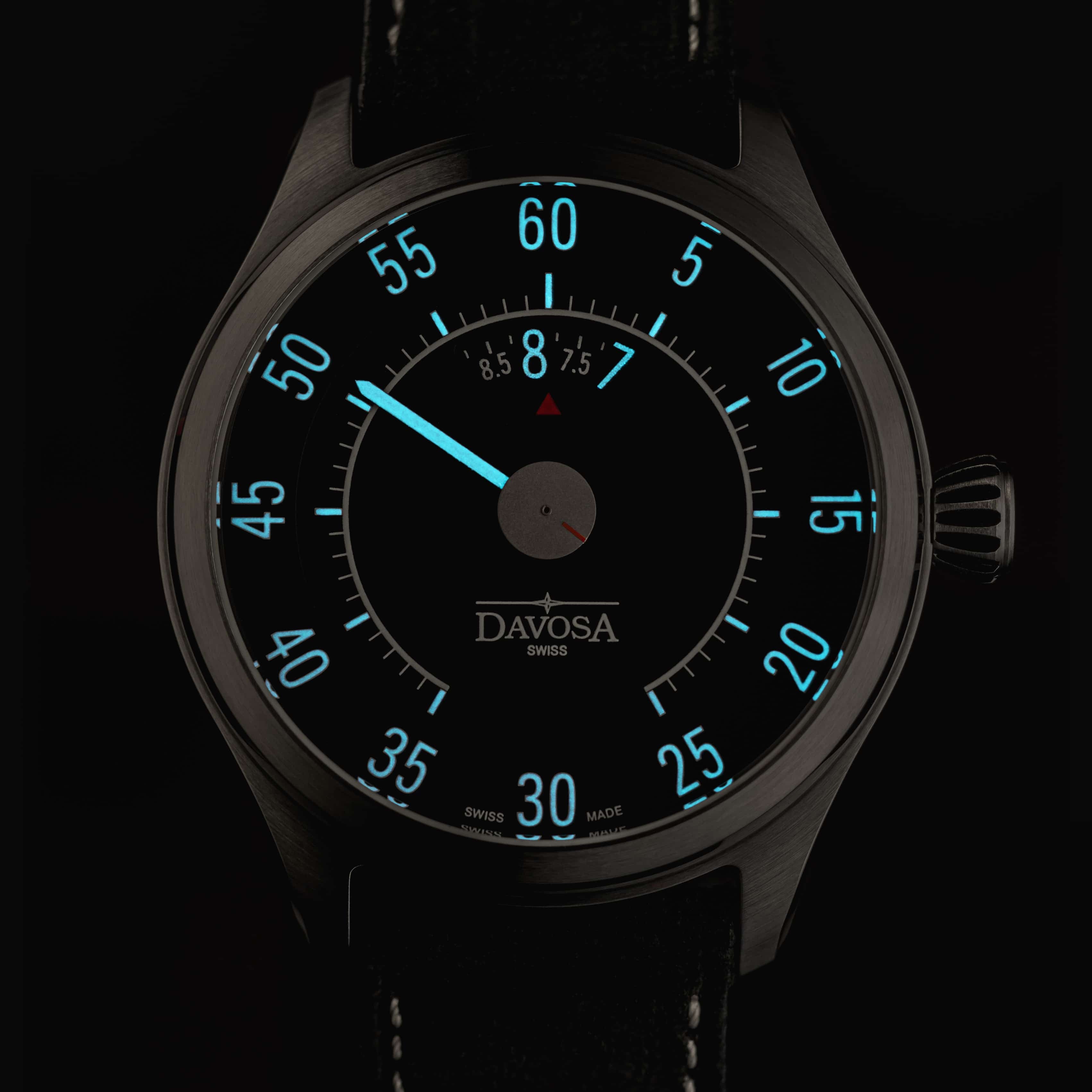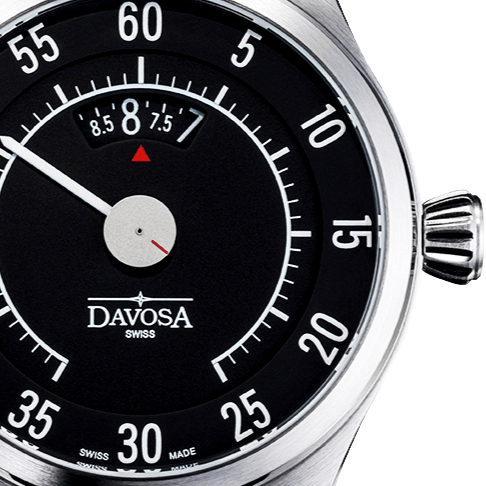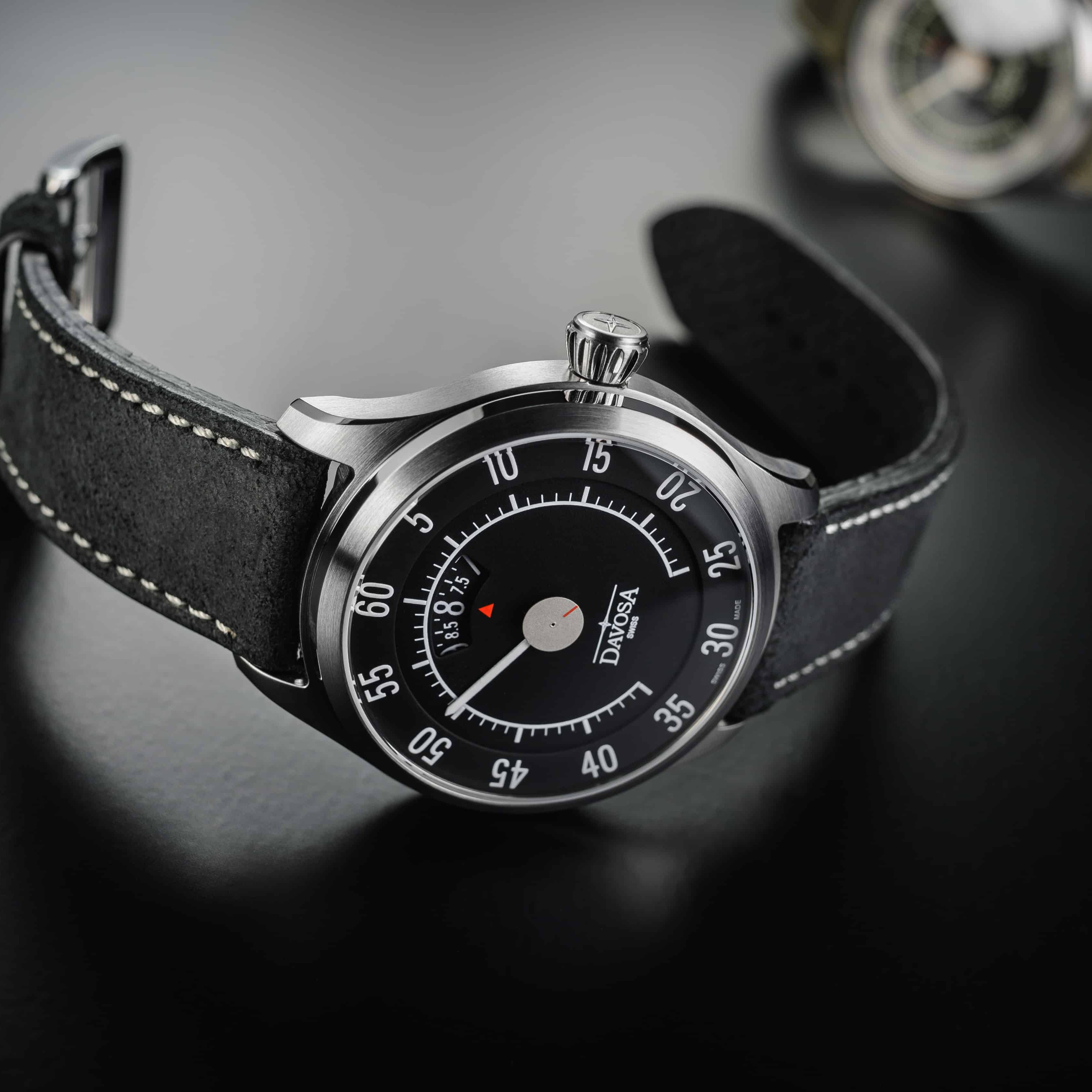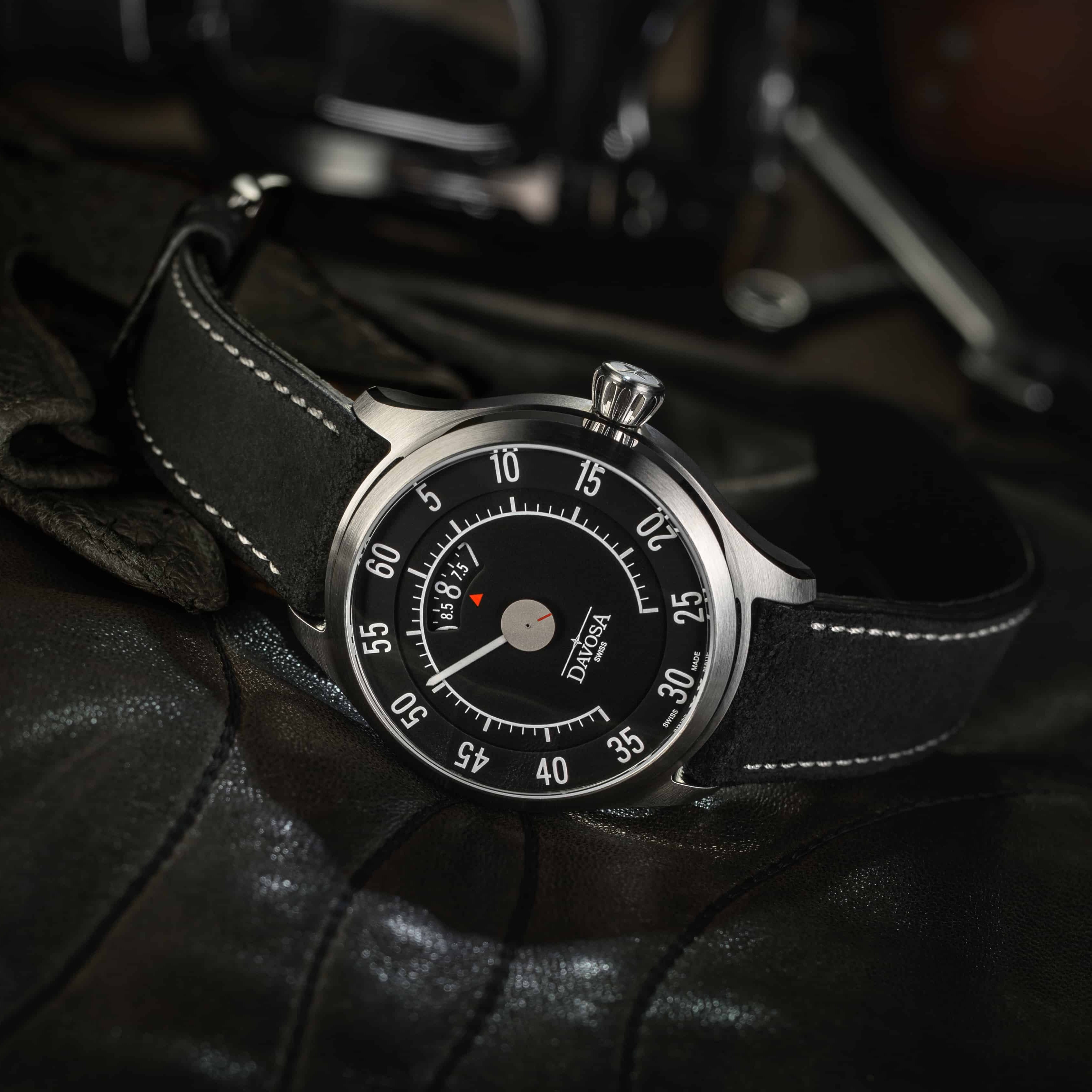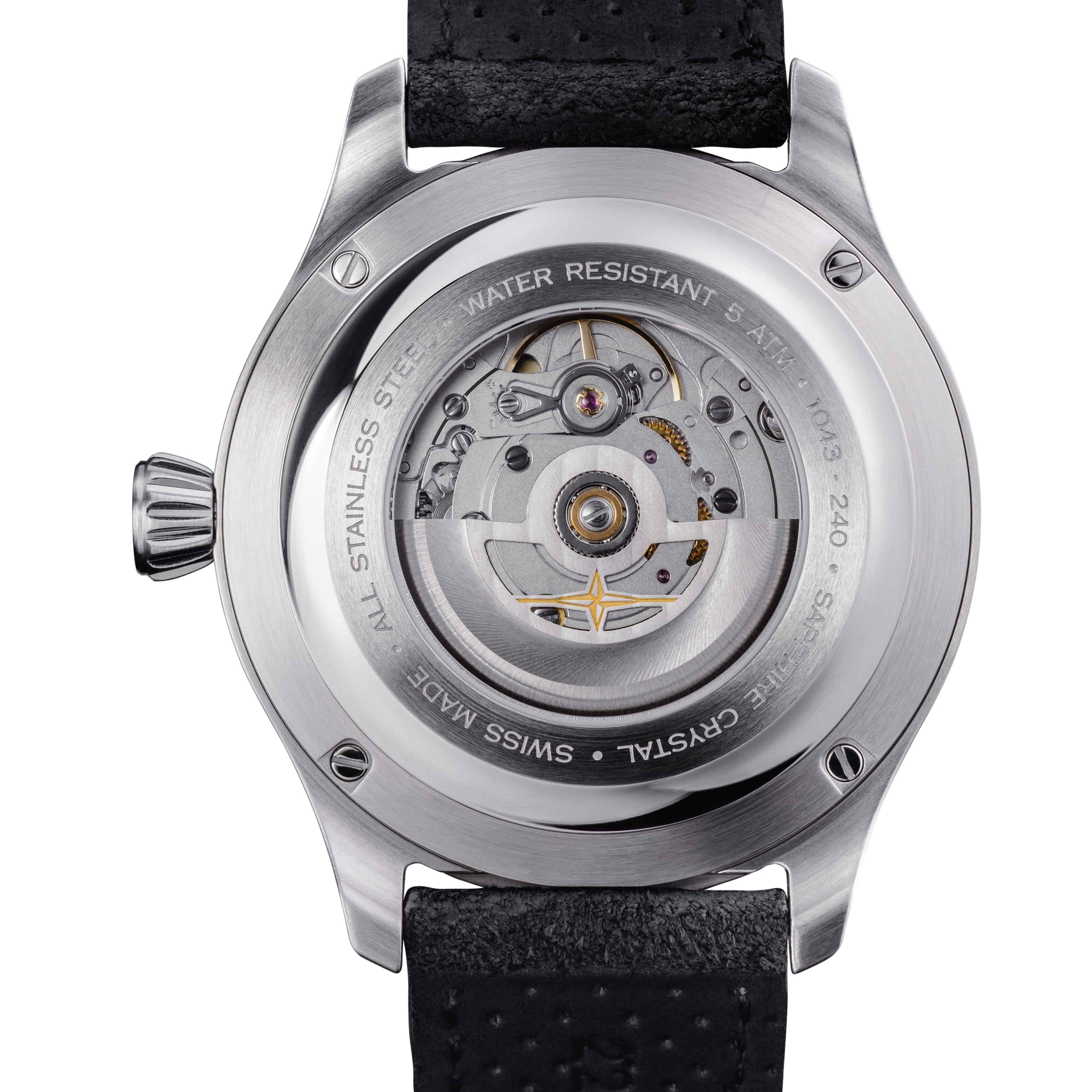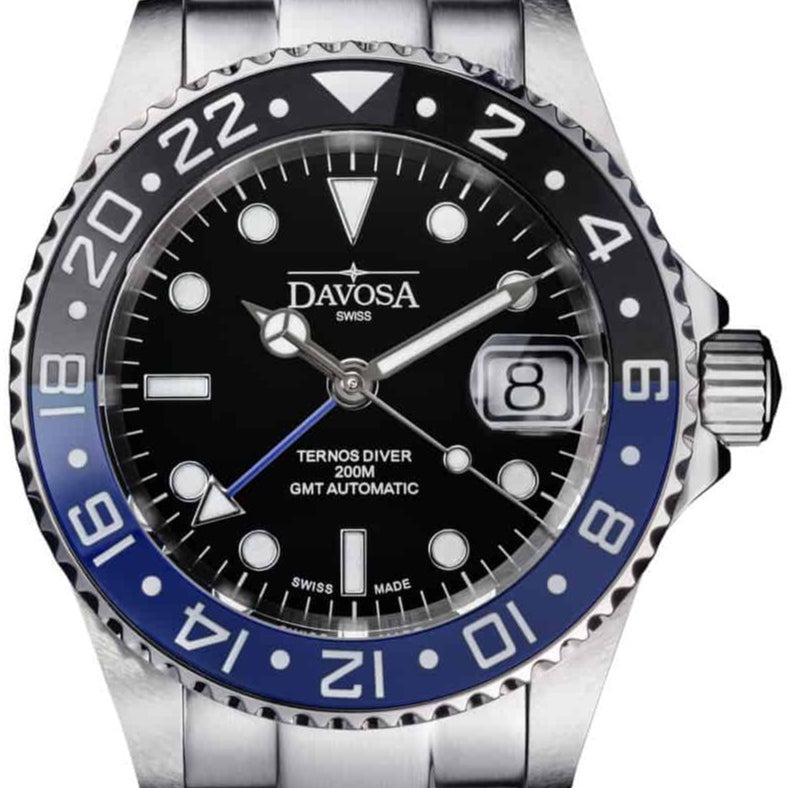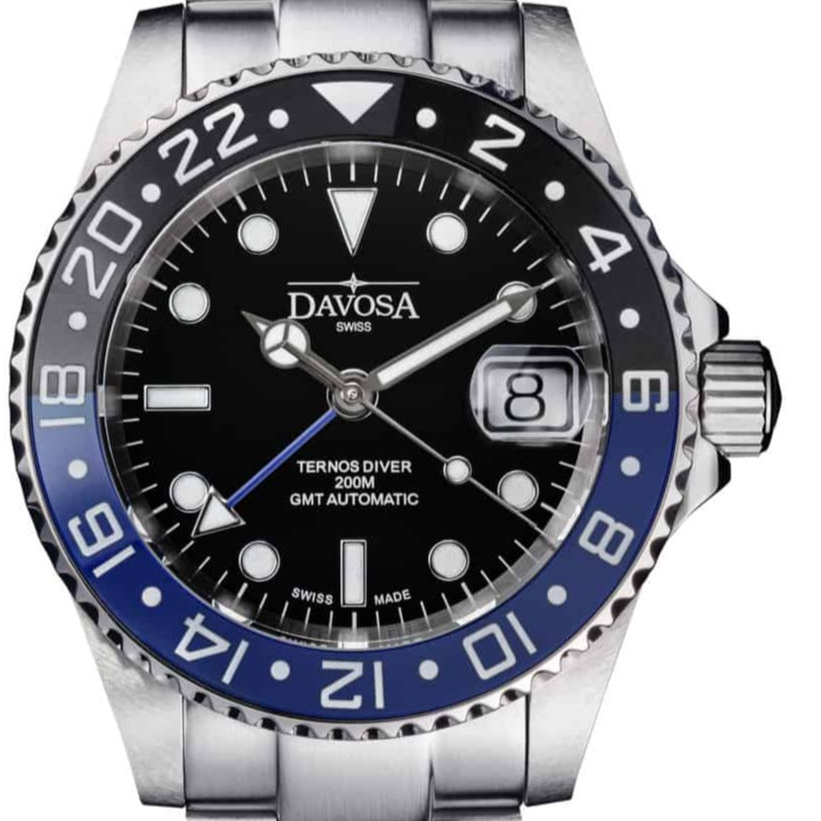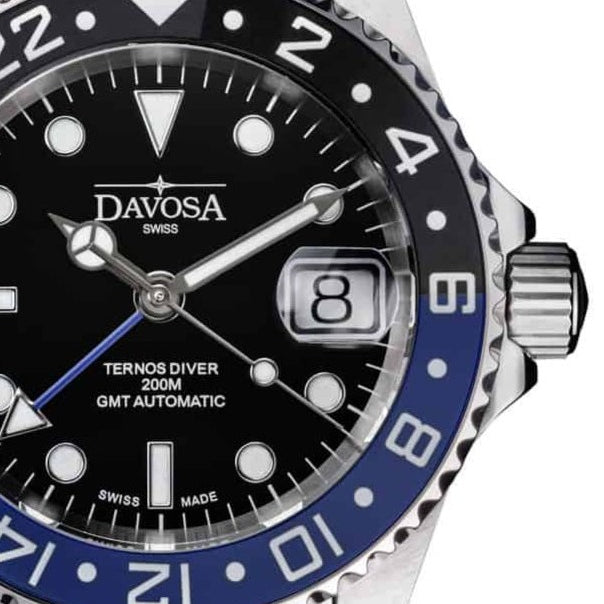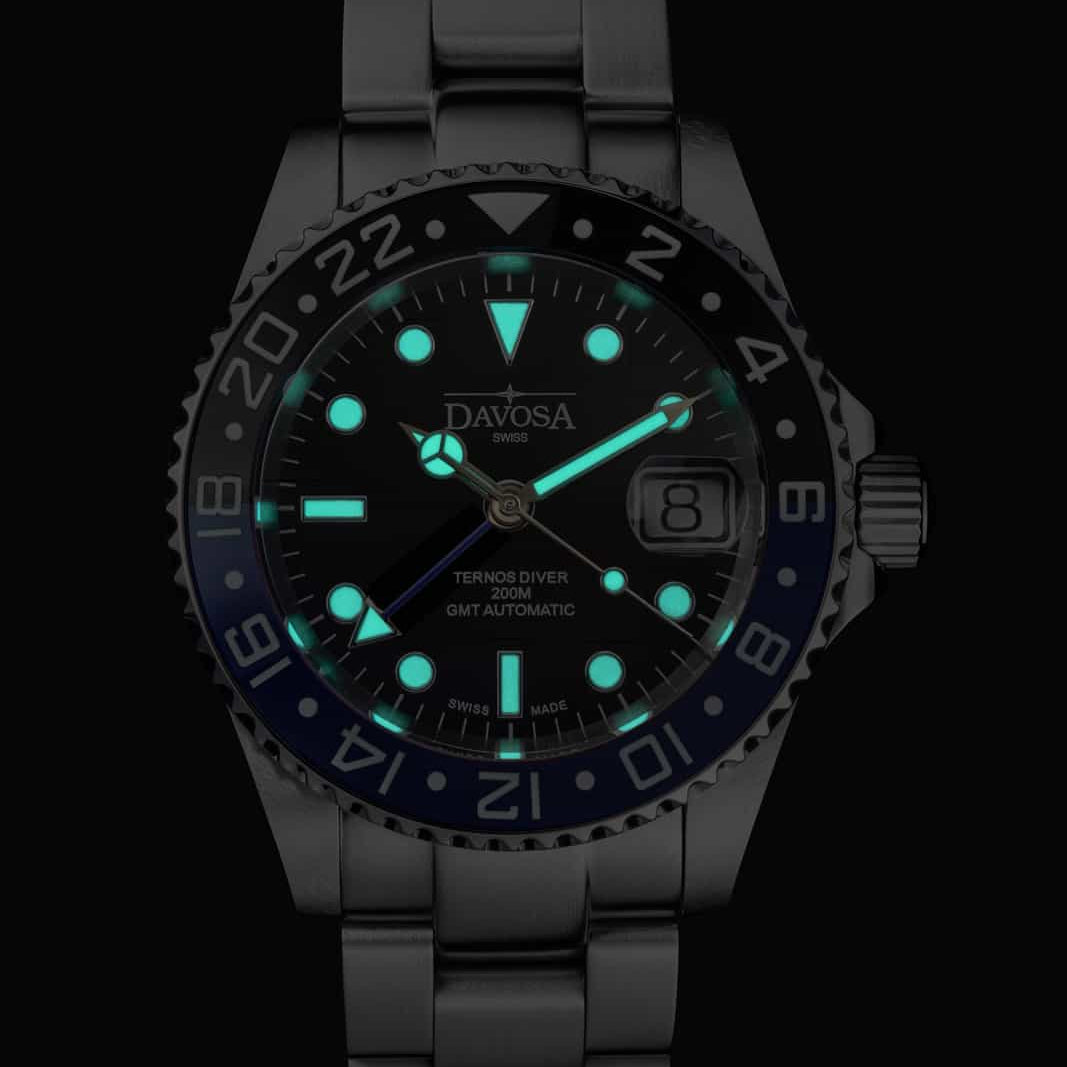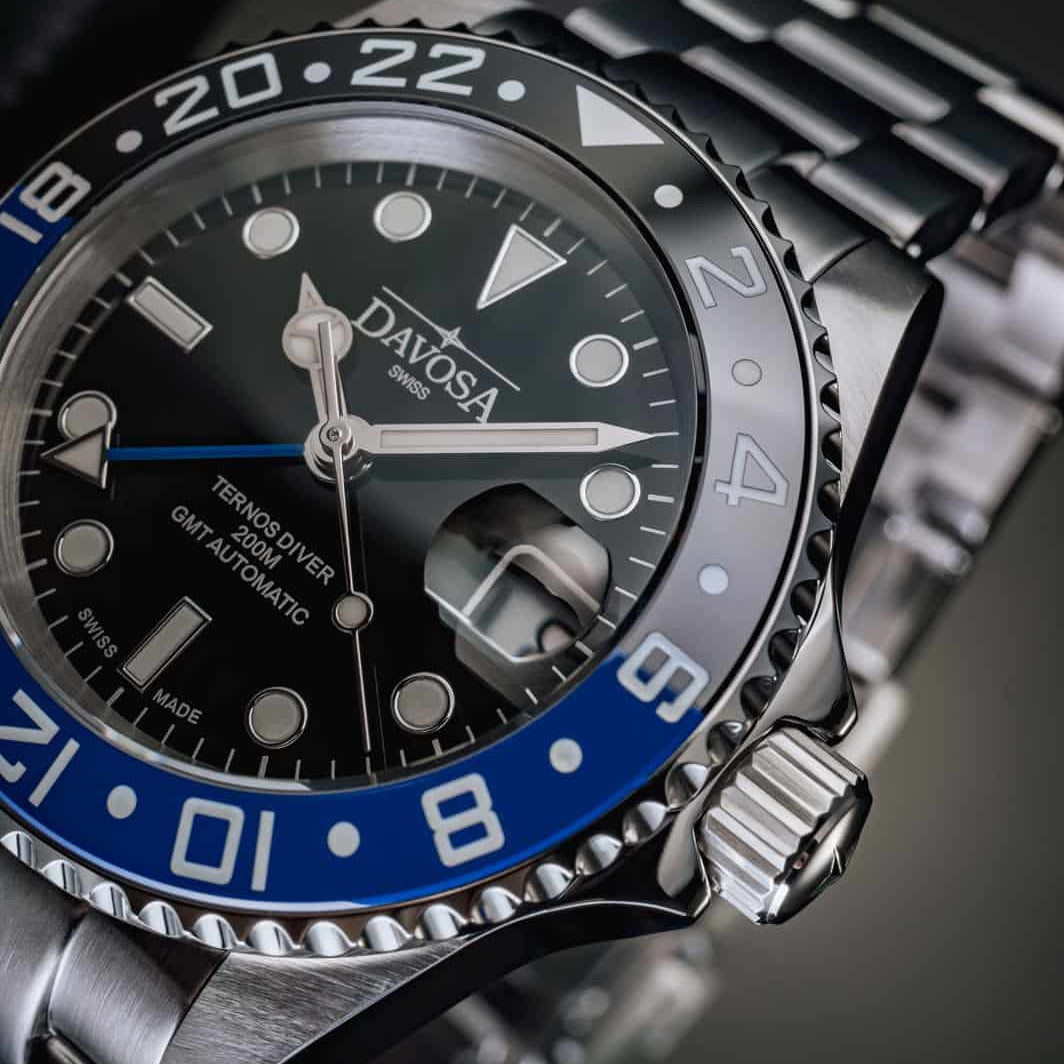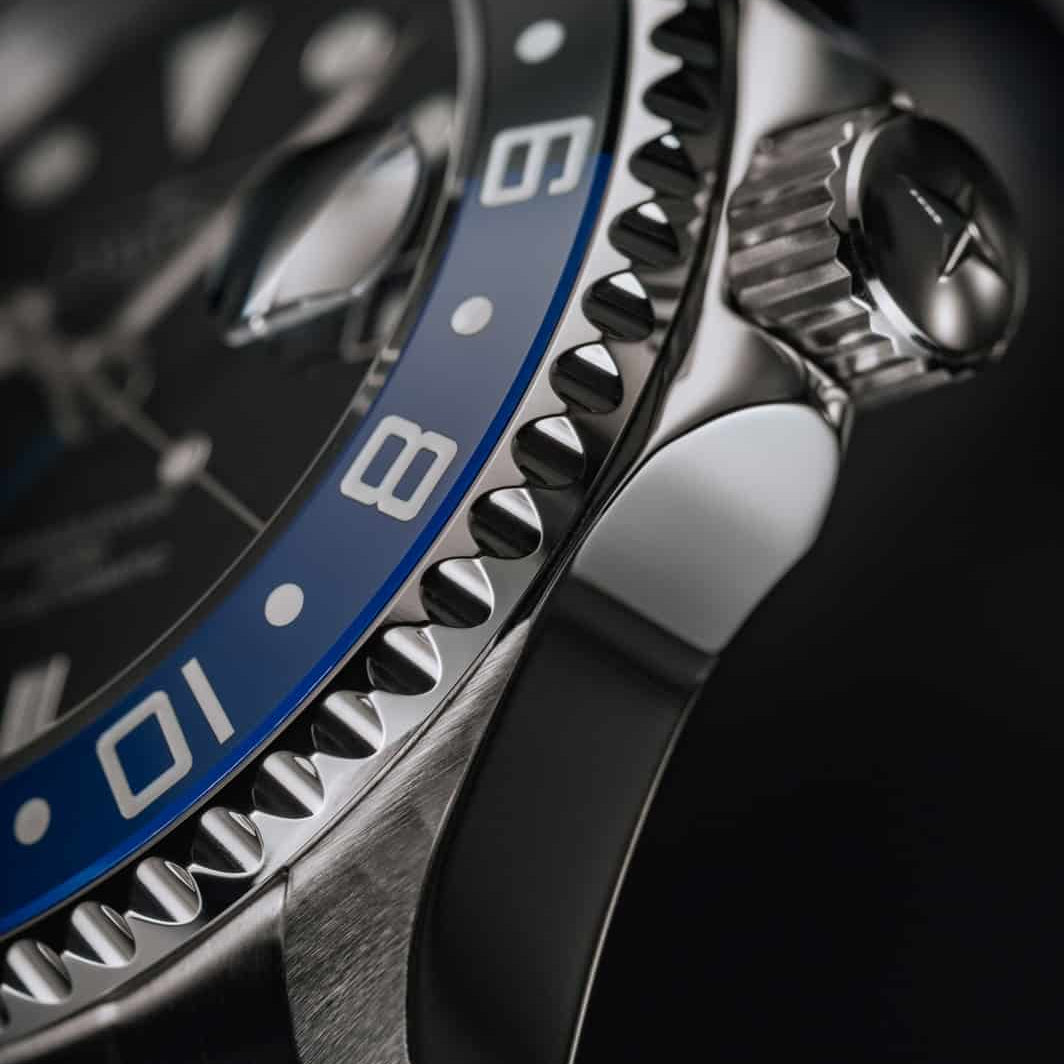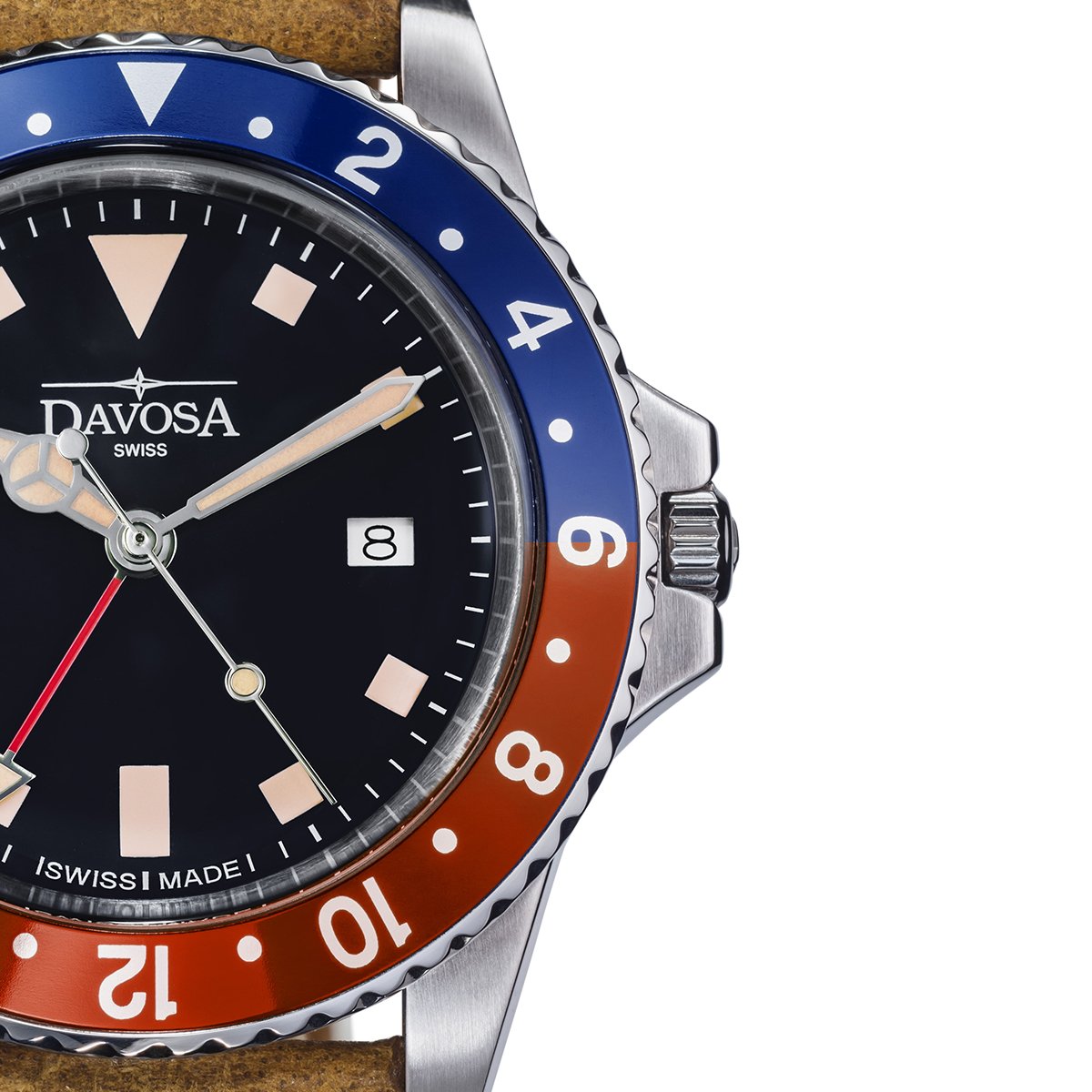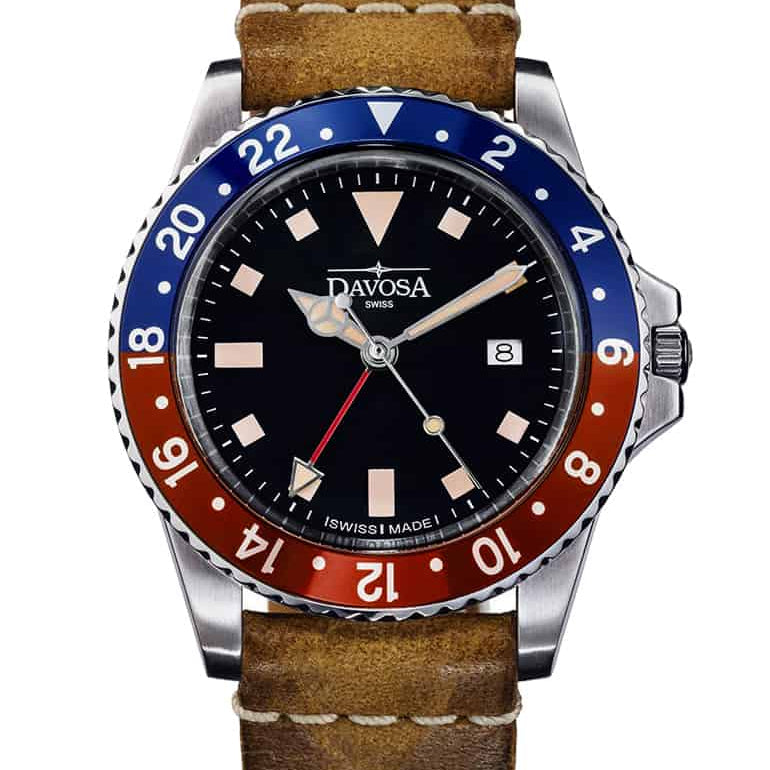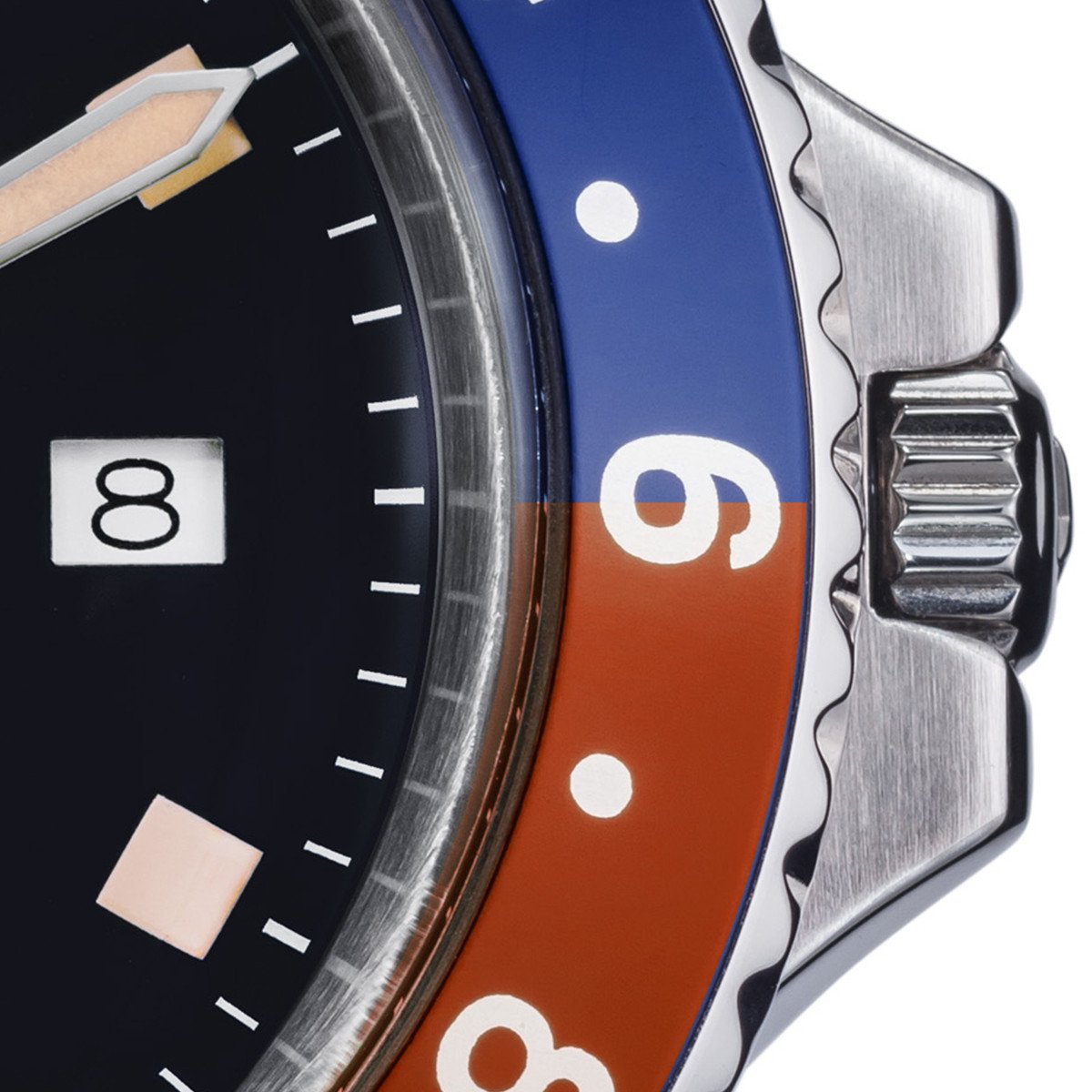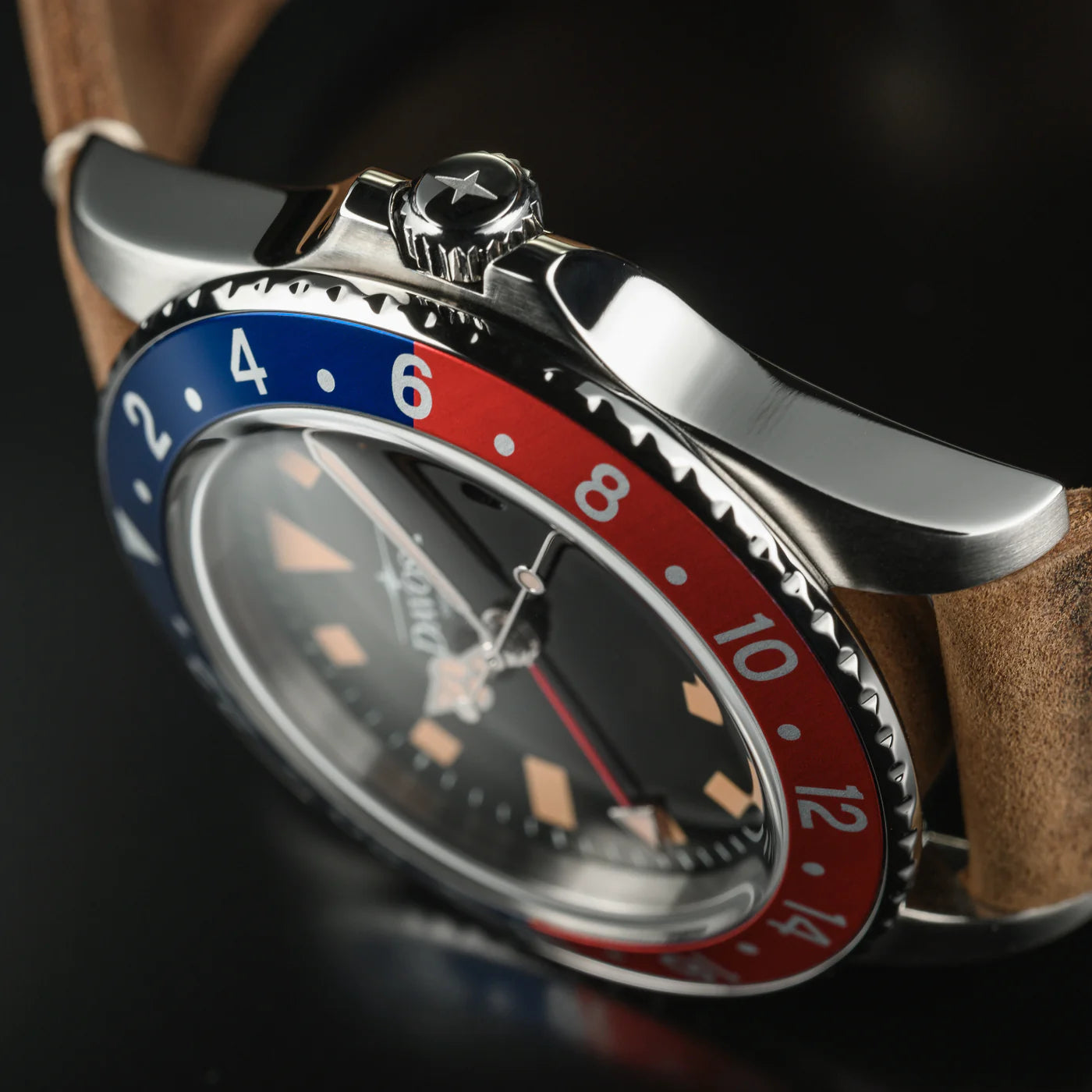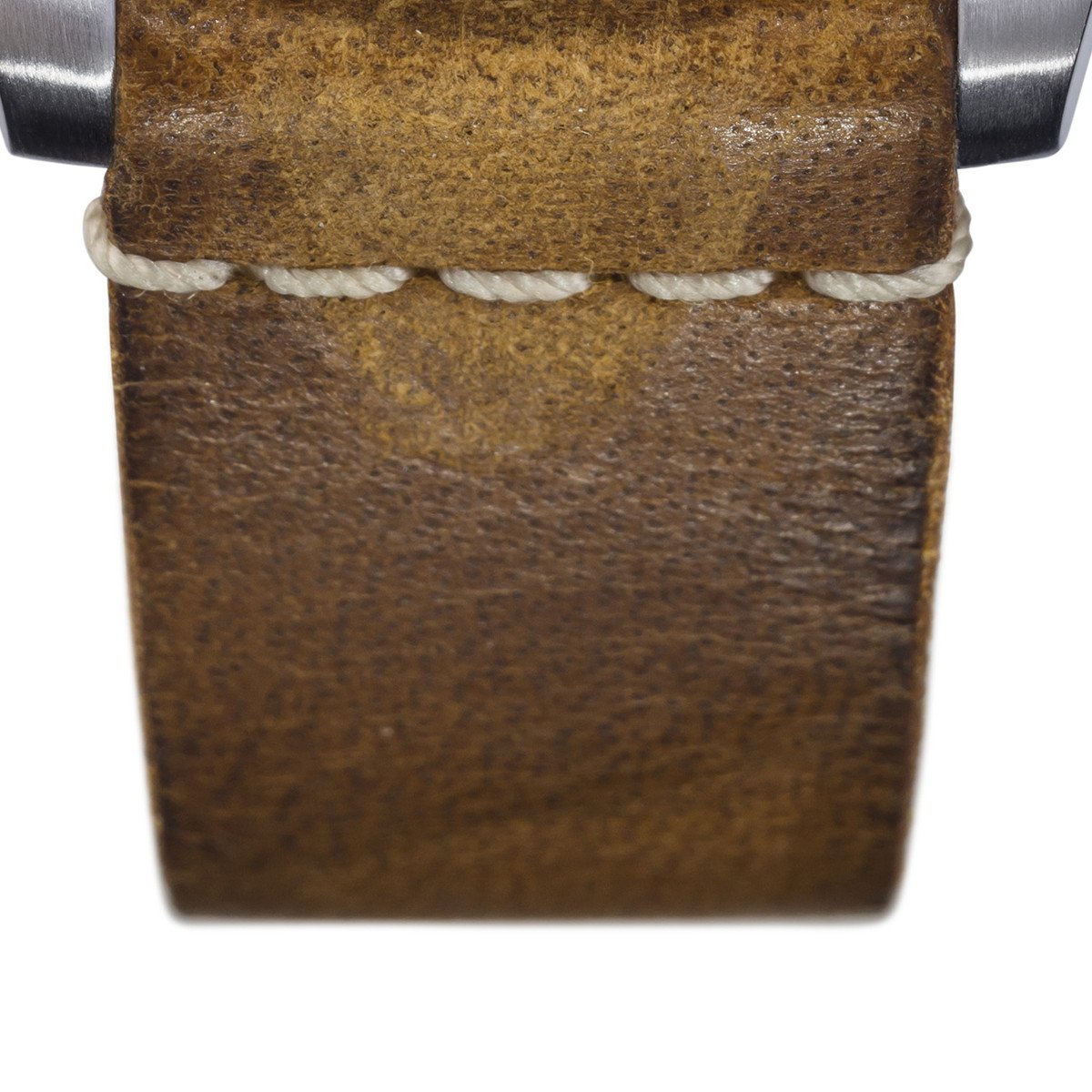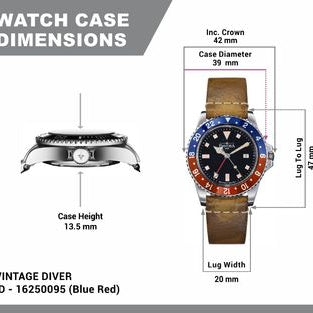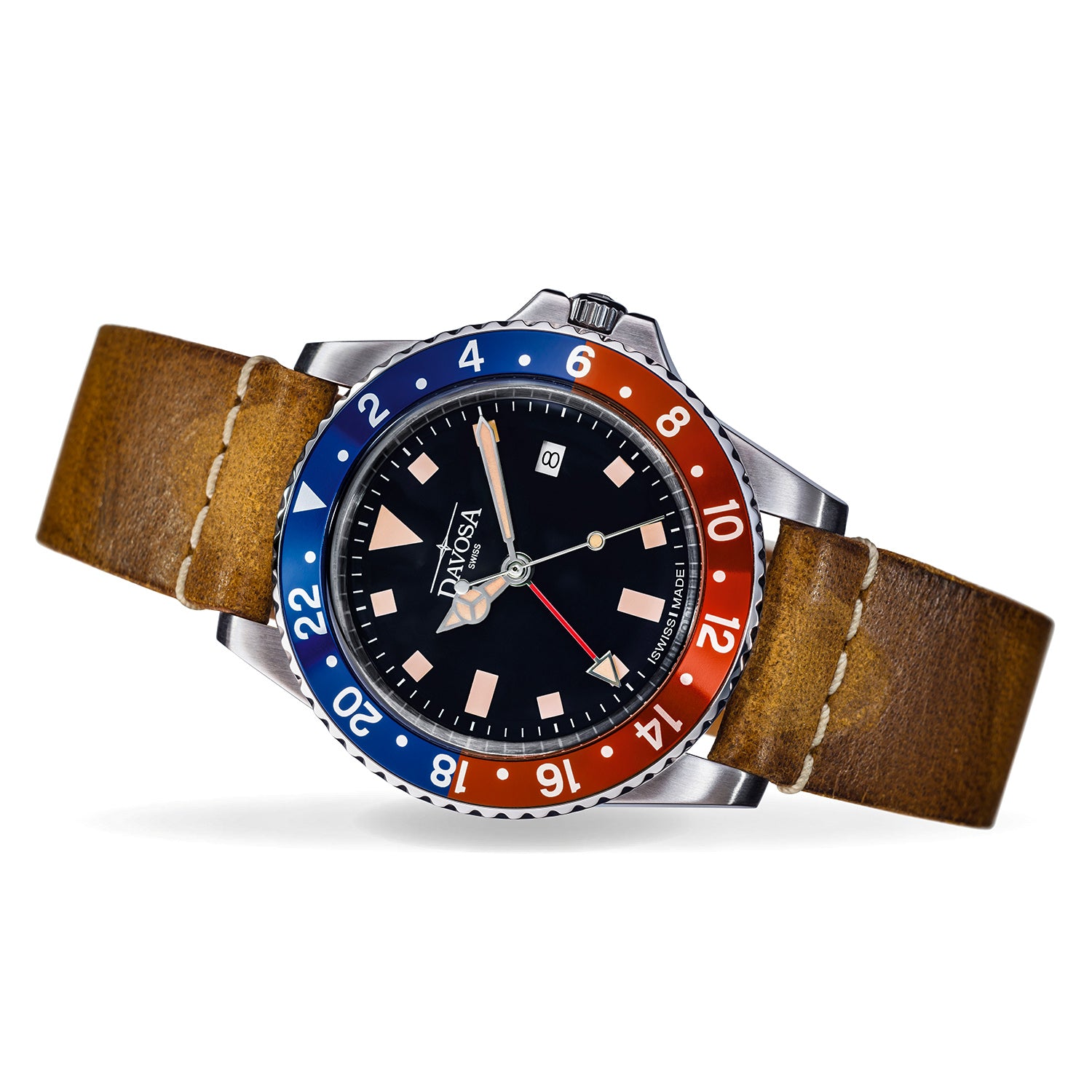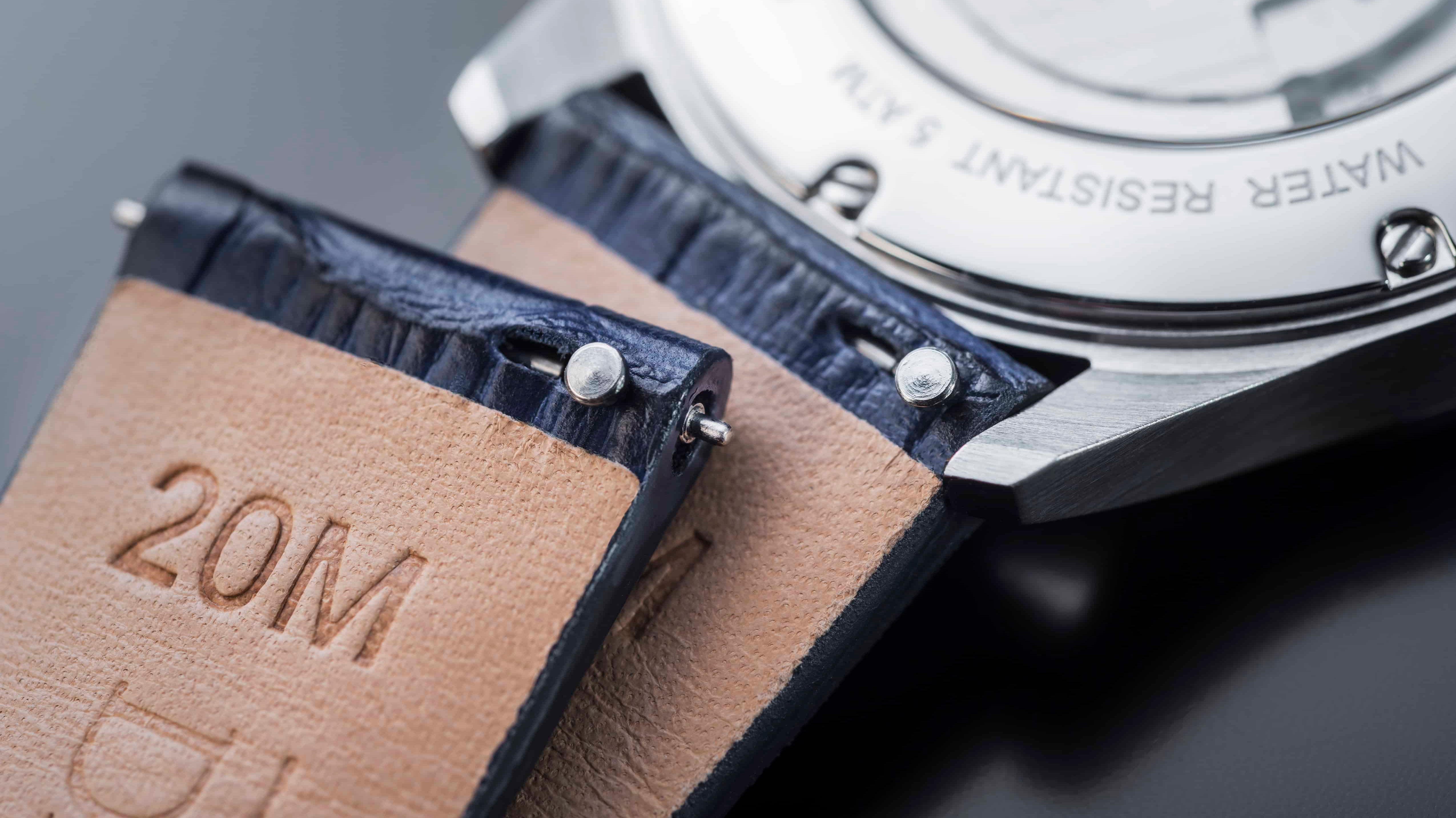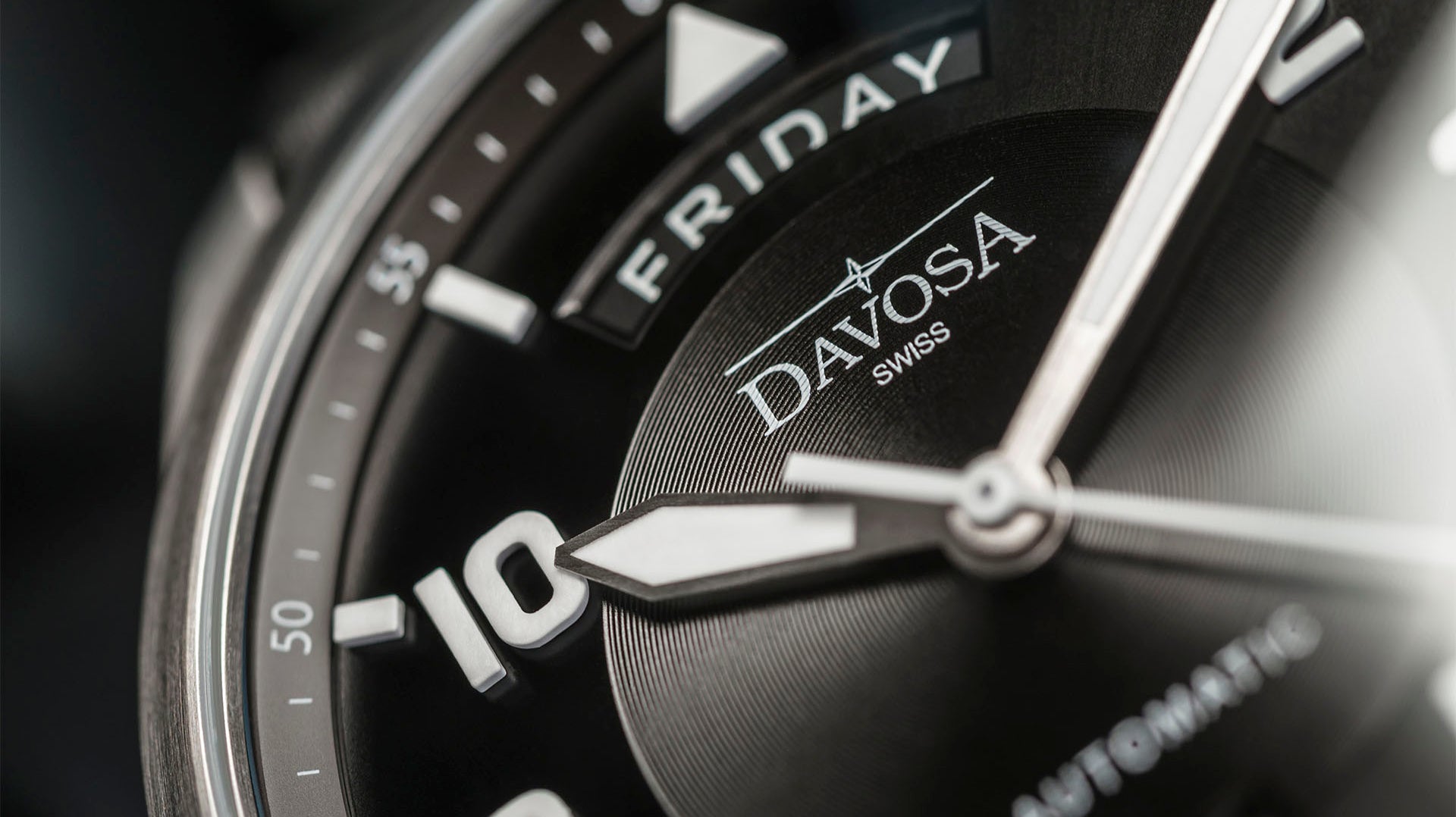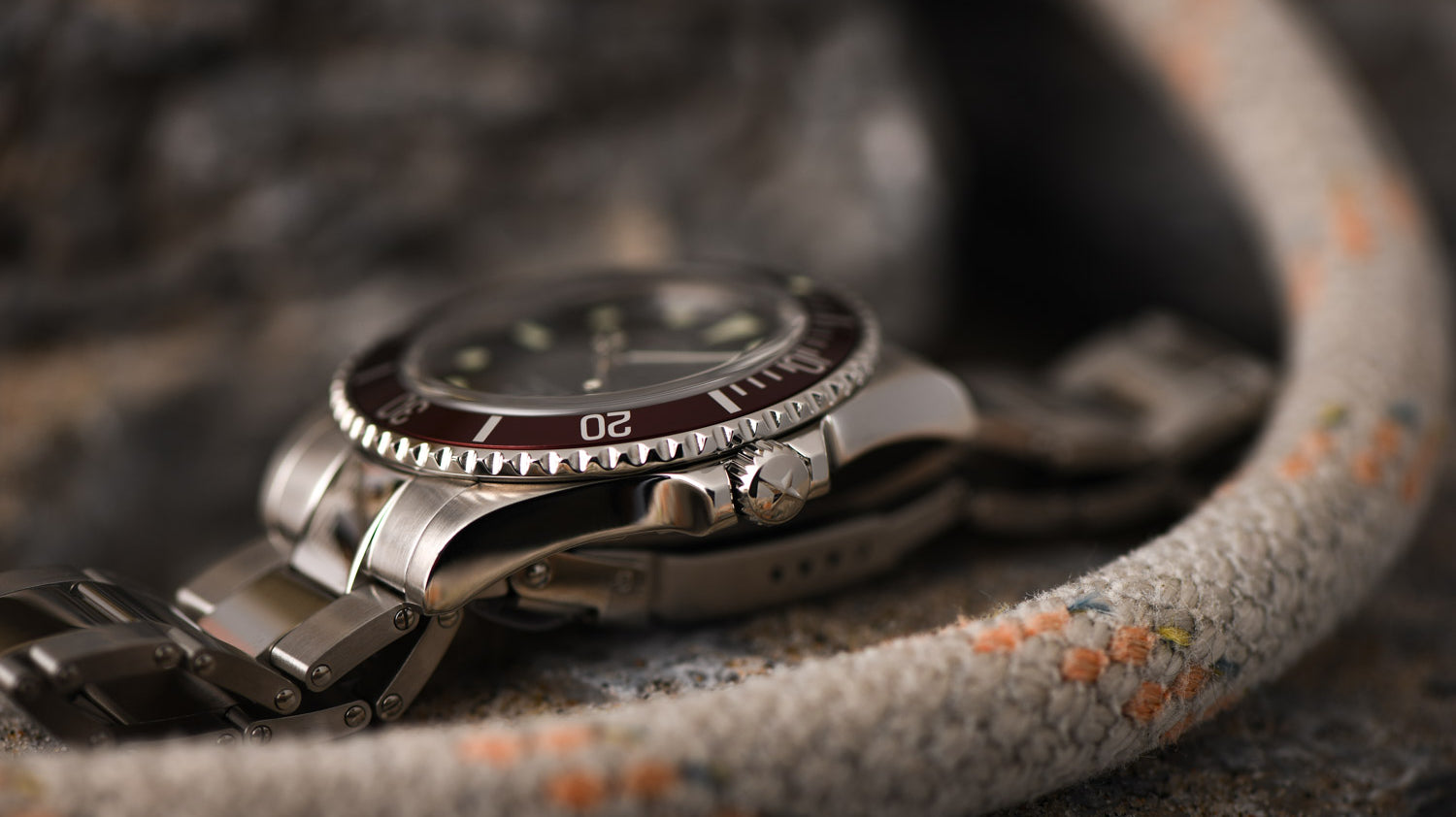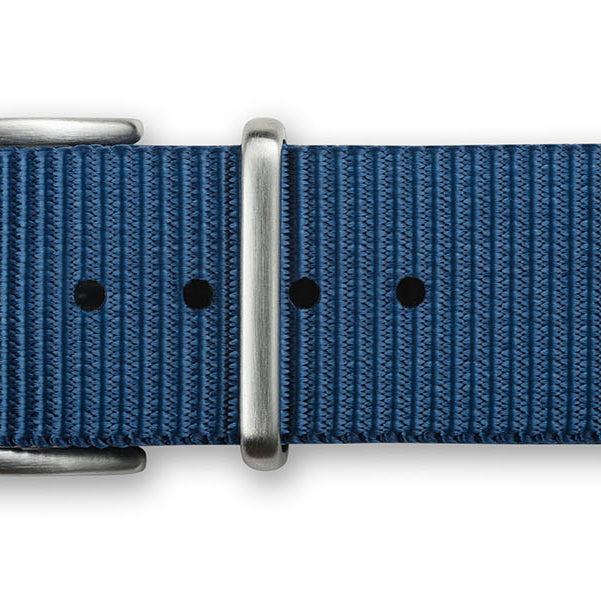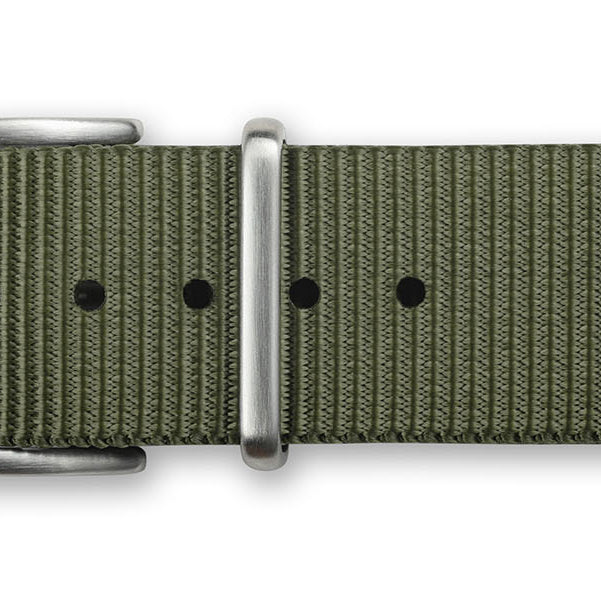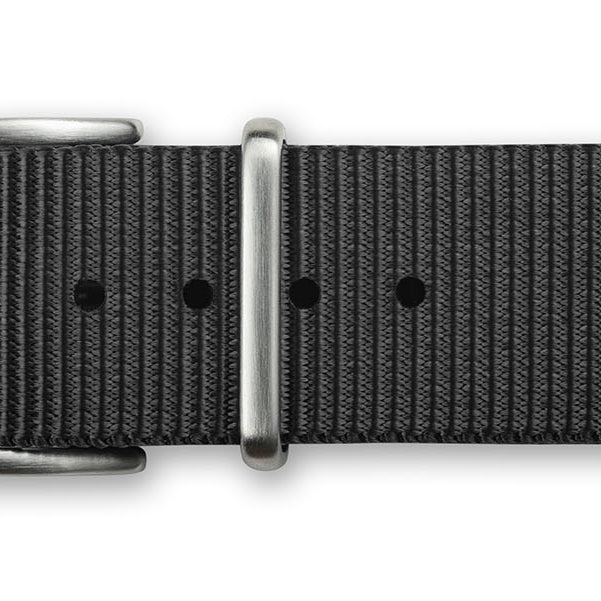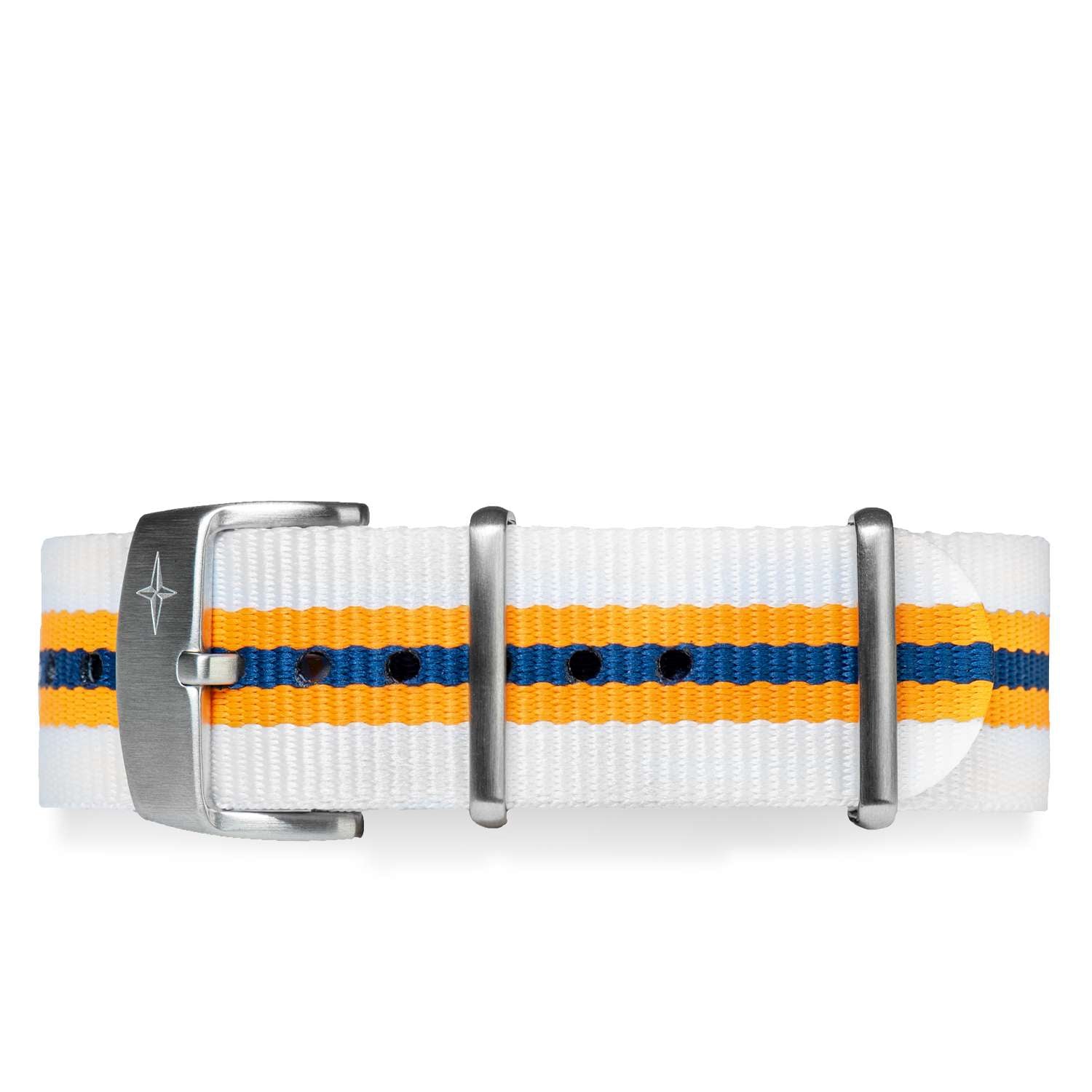The world of watches comprises several extensions: and specifically, we are talking about what revolves around watchmaking. The most important of these fields is admittedly the huge world of wristbands which are the clothes that dress up and transform the character of our watches. But we can't forget another important sector, that of watch winders, a type of accessory that often divides fans. Some love them and couldn't do without them, and those who instead look at them with disdain or even consider them dangerous to the health of their beloved timepieces. But where is the truth?

What is a watch winder?
A watch winder is - in a nutshell - an accessory that through a series of mechanical movements replicates what happens with the natural motion of a person's arm. And as all watch enthusiasts know, the motion of the arm is what allows you to recharge automatic watches.
The typical watch winder is composed of an electric motor that moves a wrist-like bar where you can secure the watch. Through different controls, you can vary the type of motion to ensure that your automatic watch is wound in the best way. A winder looks like a typical watch box (in fact, they are also called Time Boxes) with a cushioned support, often removable, to insert the timepiece. The shapes are the most diverse, from traditional wooden boxes to futuristic glass and metal systems.
There are single-slot watch winders and others that allow multiple watches to be recharged. Some models have mains power, and others still have rechargeable batteries: in short, there are watch winders of every shape, size, and price!
What does a watch winder do?
As we were saying, a watch winder allows you to keep automatic watch movements fully charged.
If you do not know how to identify watch movements, it is rather easy. Standard automatic watches are wound by the movements of the arm of their wearer thanks to two main systems: a central rotor that rotates on its axis or an oscillating pendulum-like element called a bumper. The movement imparted by the arm (or watch winder) causes these mechanisms to move and wind up the watch's mainspring, keeping it fully wound automatically.
If a watch stops, it's no big deal: but then, you encounter two main problems. The first is that you have to readjust the watch. This is a hassle, especially if it has particular complications, such as astronomical complications like annual and perpetual calendars, which require a long and laborious adjustment.
The second problem is that when left to rest for a long time, watches struggle a bit to resume service. We are talking about imperceptible fatigue: but every mechanism left to rest loses a little of the lubrication that makes it precise. The oils dry out and get dirty, so it's like leaving a working car parked for a while. So, when you leave an unused watch in a drawer, you are likely to need a good service after some time. This is the main reason why some watch lovers believe that it is better to keep the mechanism moving to avoid such problems.
Why buy a watch winder?
The main reason is the ones we have outlined above: that is, to keep your automatic watches running - which is impossible if you have an extensive collection of timepieces. Another good reason to buy a watch winder is when you want to test your automatic watches accuracy over an extended period without having to wear them every day.
Whatever your reason, the choice of a specific watch winder is a very personal one, as these devices are not only judged by their technical features but also aesthetically, as they often serve a display and storage function.

How long should you leave a watch in a watch winder?
There is no unequivocal answer to this question, and even specialists are somewhat divided on this subject. An automatic watch has a mechanism to prevent the mainspring from overloading due to excessive arm movement, consisting of a pressure spring that releases some tension when a specific limit is exceeded to avoid excessive stress that could lead to the breakage of the spring.
In principle, automatic watches are designed to be worn almost continuously and taken off only at night. So the standard operating period of such a watch is more or less 16 hours every 24. Therefore, adjusting the winding schedule of a watch winder to this type of operational time should give the best results from the point of view of the balance between results (a charged watch) and drawbacks (limited stress on the mechanism). More, you can also decrease this period since a standard mechanical watch does not need much movement to be wound.
How often should you use a watch winder?
Again, it depends significantly on the type of watches you wear and how often you wear them. In reality, a regular watch, even one with a date display, is not that complicated to adjust, as newer timepieces are often equipped with quick-set functions that allow you to optimize the time and date setting - but older watches will not have this function, and therefore will require tedious manual intervention.
In the case of complex watches such as astronomical clocks, or repeaters, this adjusting can be very time-consuming and challenging - which is why owners of these types of watches often use watch winders to eliminate this chore.
Moreover, to avoid fatiguing the movement too much, you can always reduce the time of operation of the winder since these are often equipped with the ability to make sophisticated and articulated programming: therefore, let yourself be led by experimentation.
Will a watch winder ruin my watch?
It is easy to predict, that there is no conclusive truth in this field, but we assume that they are not dangerous. If not, we don't think there would be so many manufacturers of these devices! But instead, the watch winder makers community continues to grow, so this means that, beyond all our considerations, watch winders work - and sell.
Of course, then it all depends from watch to watch. For example, certain winders instructions warn that they are not compatible with the Seiko Kinetik mechanism, so it is always helpful to examine the small print in its description before buying a watch winder.
That said, given the sheer quantity of time boxes on the market and the endless combinations with movements of all kinds and types, it is virtually impossible to answer this question. Instead, it is better to check online for specific combinations (for example, how the watch winder X works with watch Y). Still, if you don't get an answer, the only method that remains is to monitor the situation carefully by yourself. It allows you to determine - perhaps in collaboration with our trusted watchmaker - if the watch winder-watch combo is not working well from a technical point of view during the next maintenance service.
On this subject, we feel we must insist: maintenance of our timepieces is essential, especially today that the oils used are mineral-based, so with use, they tend to dry out. Our automatic watches lifespan is practically endless, but it is necessary that periodically (every five years or so) they are submitted to the care of a professional who can oil them, check them, and adjust them to keep them efficient over time: therefore, remember that the use of a watch winder is not a good substitute for regular service and maintenance of your watch. Indeed, it makes it even more necessary.

Main takeaways
If you are unsure about buying a watch winder, the best solution is to give it a try: some excellent single-slot systems cost less than $100 and will be perfect to start your adventure in the world of automatic winding.
And once you've had your personal experiences if this is the best way to wind your automatic watch, it will be easier to decide whether to buy more. Or instead, gift the one you purchased to a friend who shares your same passion for watches.

The Davosa-USA.com website is NOT affiliated in any way with Audemars Piguet, Franck Muller USA, Inc. Richard Mille or Richemont Companies, Seiko, or any other brand which is not Davosa Swiss. Rolex is a registered trademark of Rolex USA. Davosa-USA website is not an authorized dealer, reseller, or distributor for Rolex and is in NO WAY affiliated with Rolex SA or Rolex USA or any other brand besides Davosa Swiss. |







